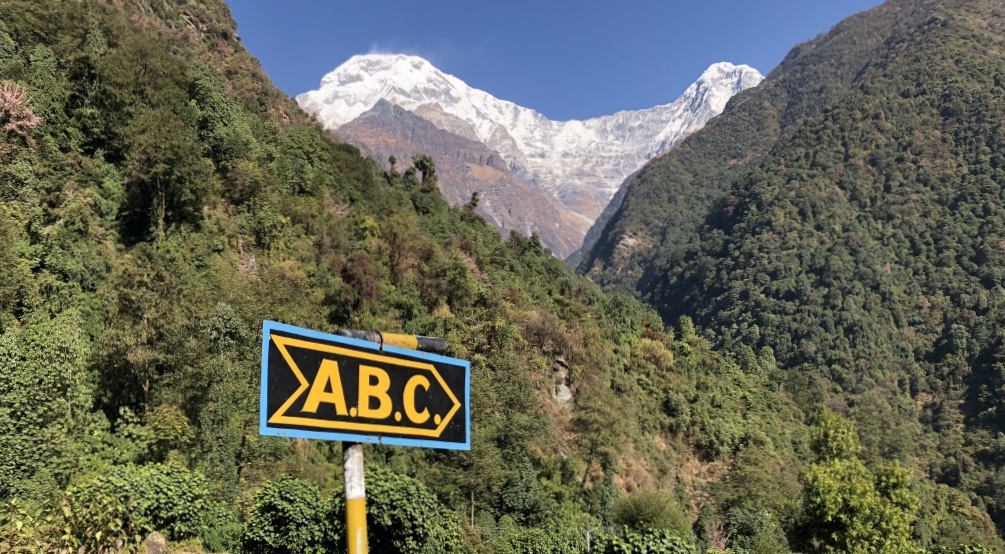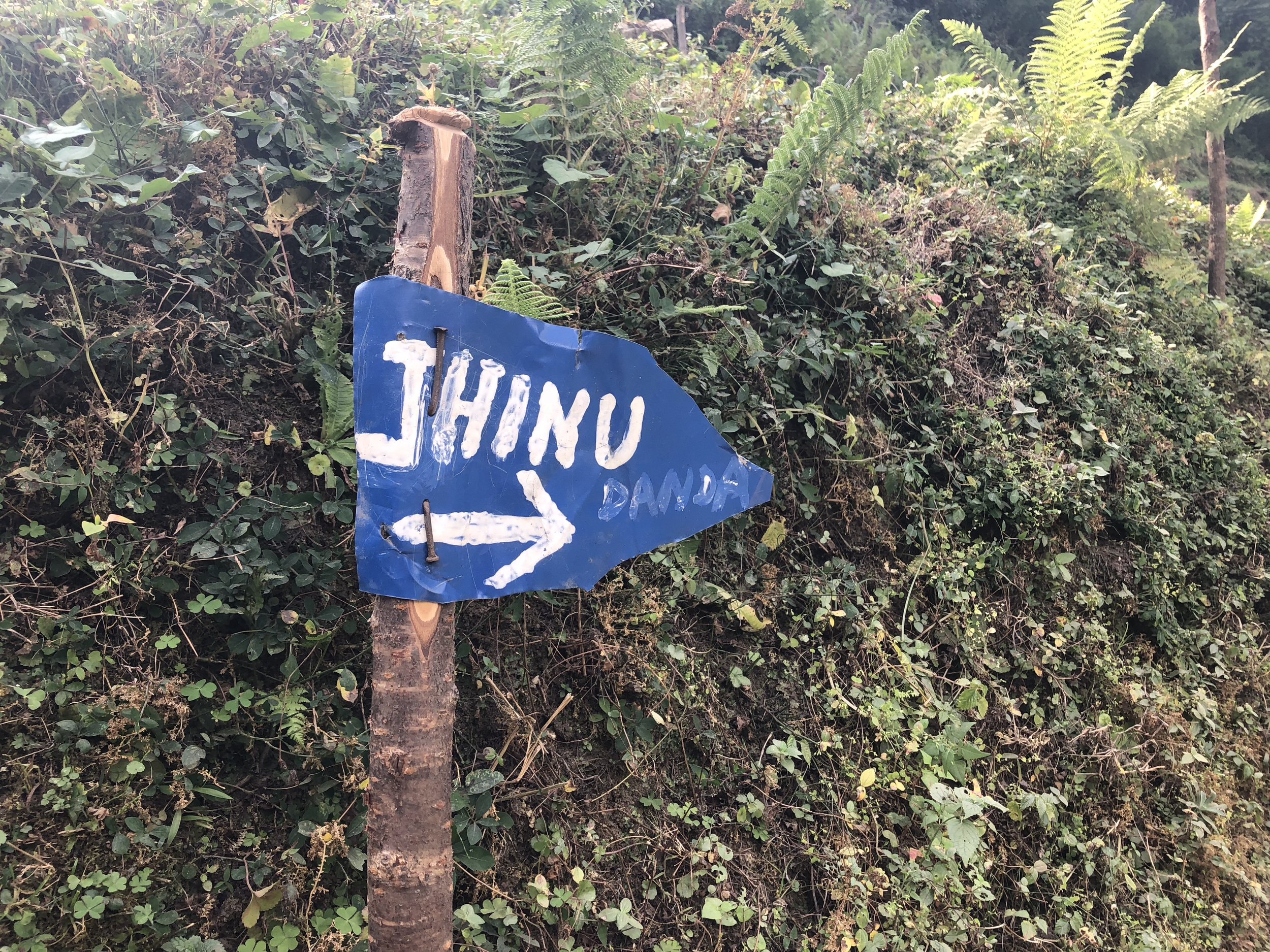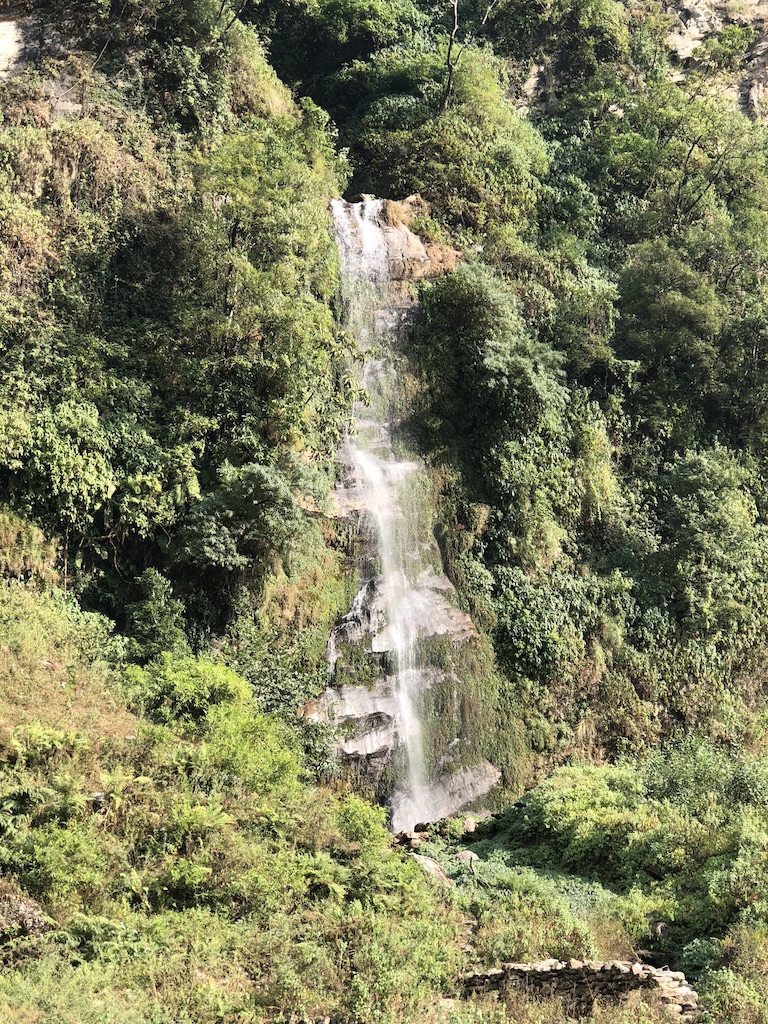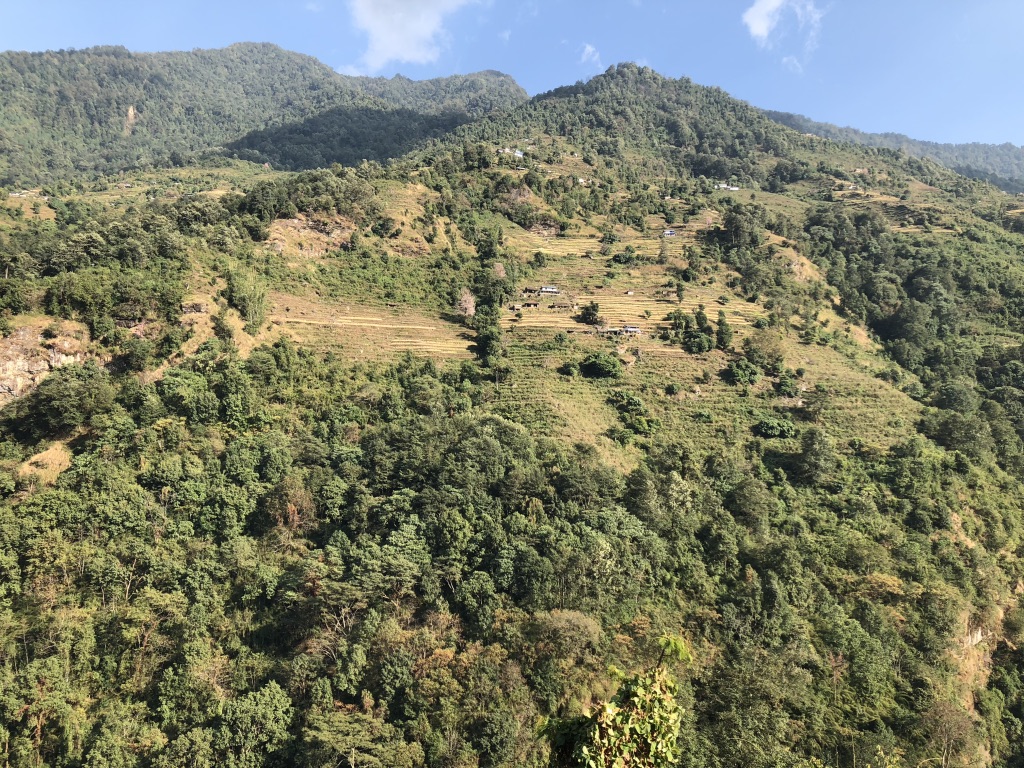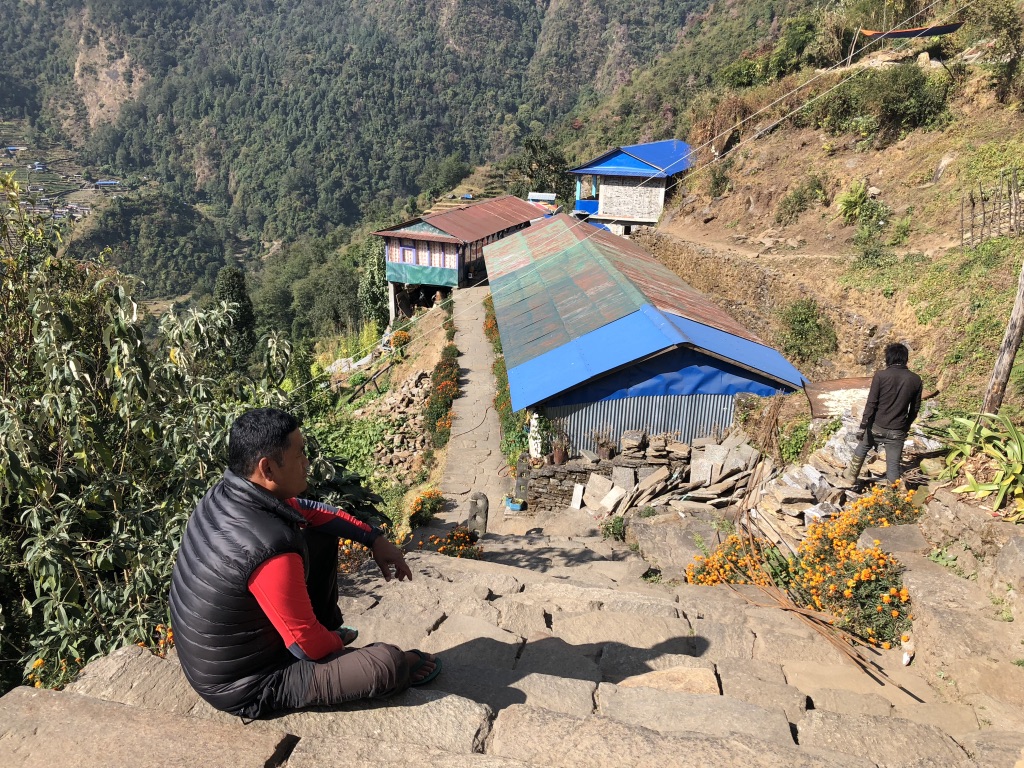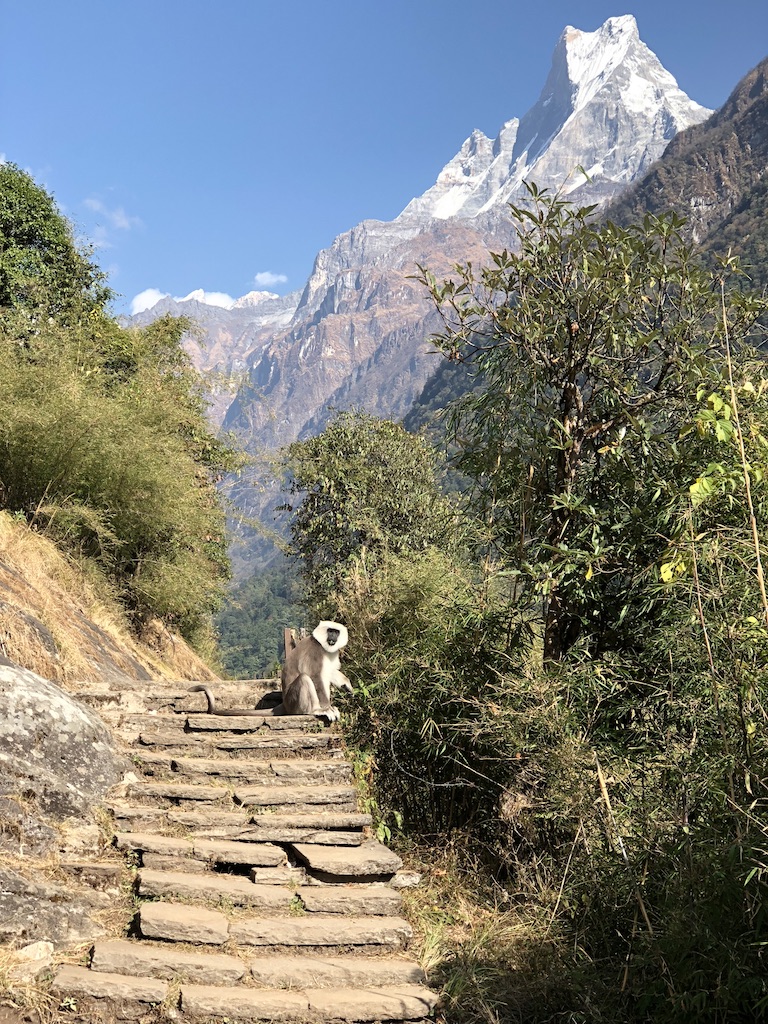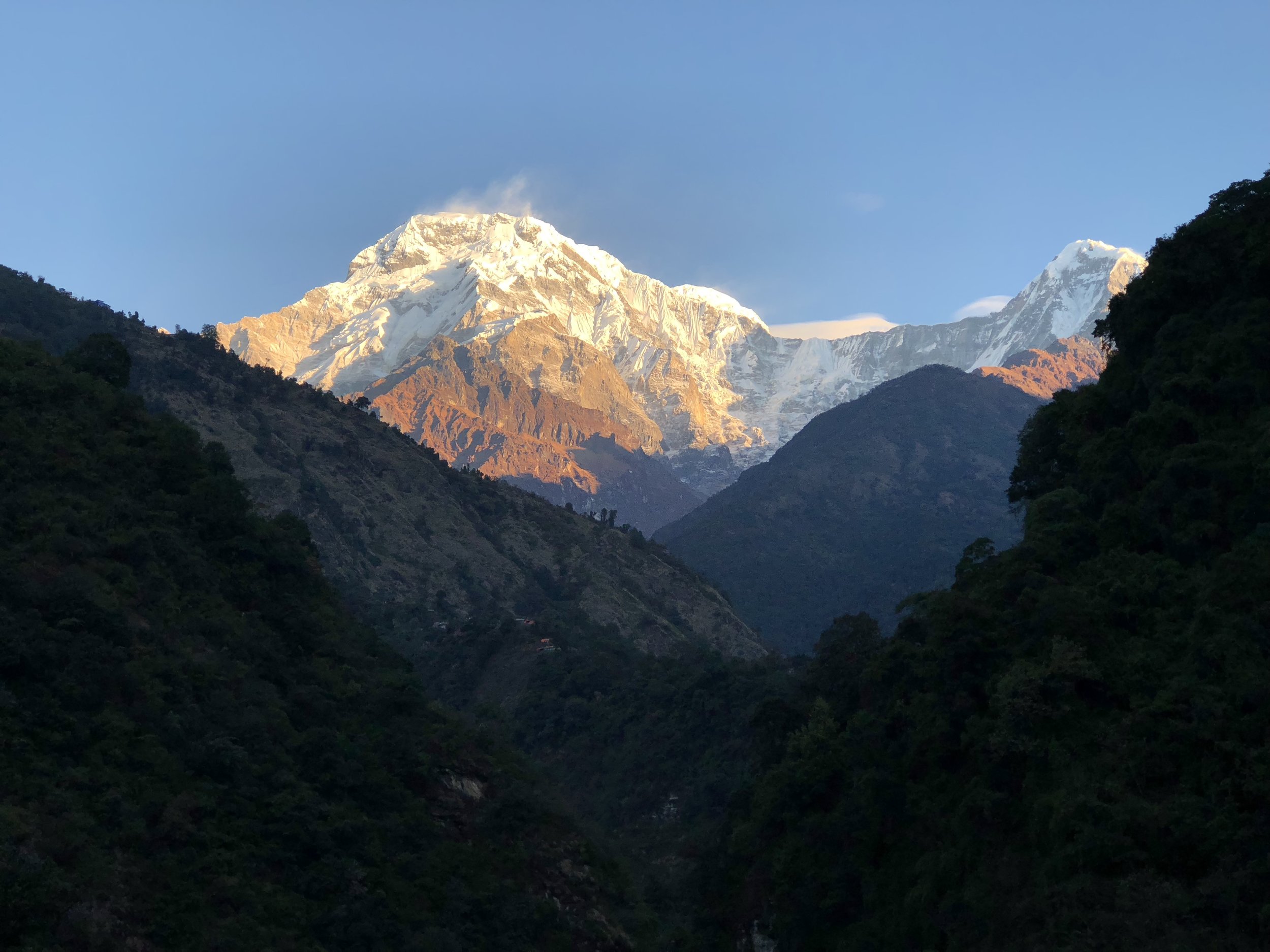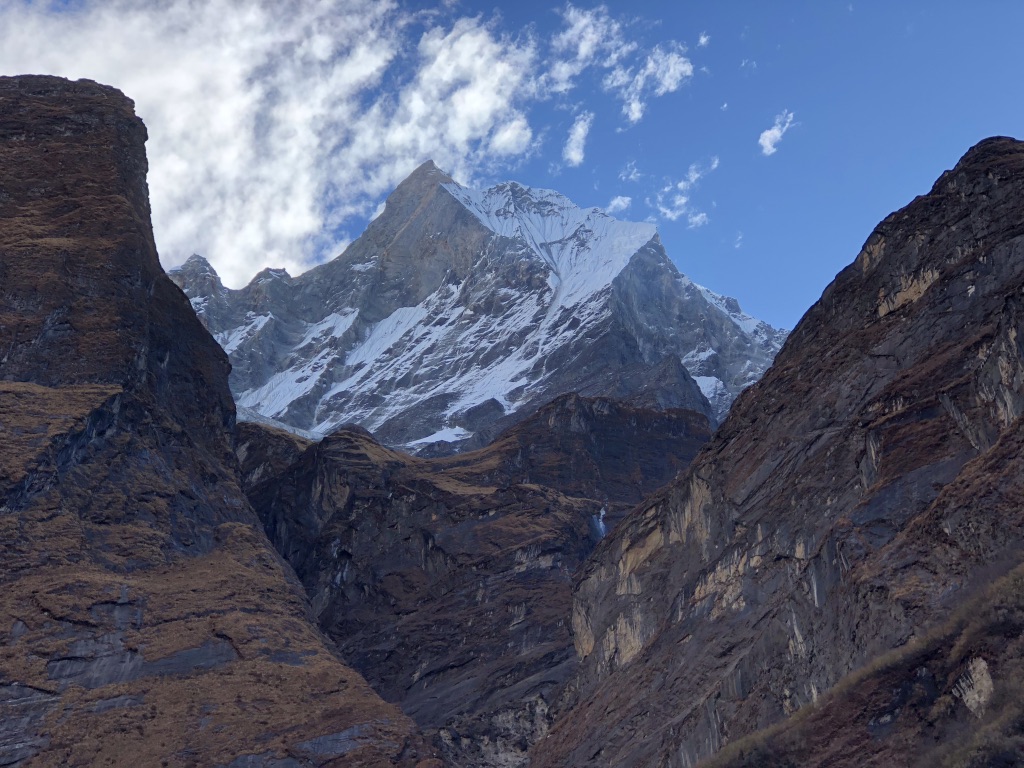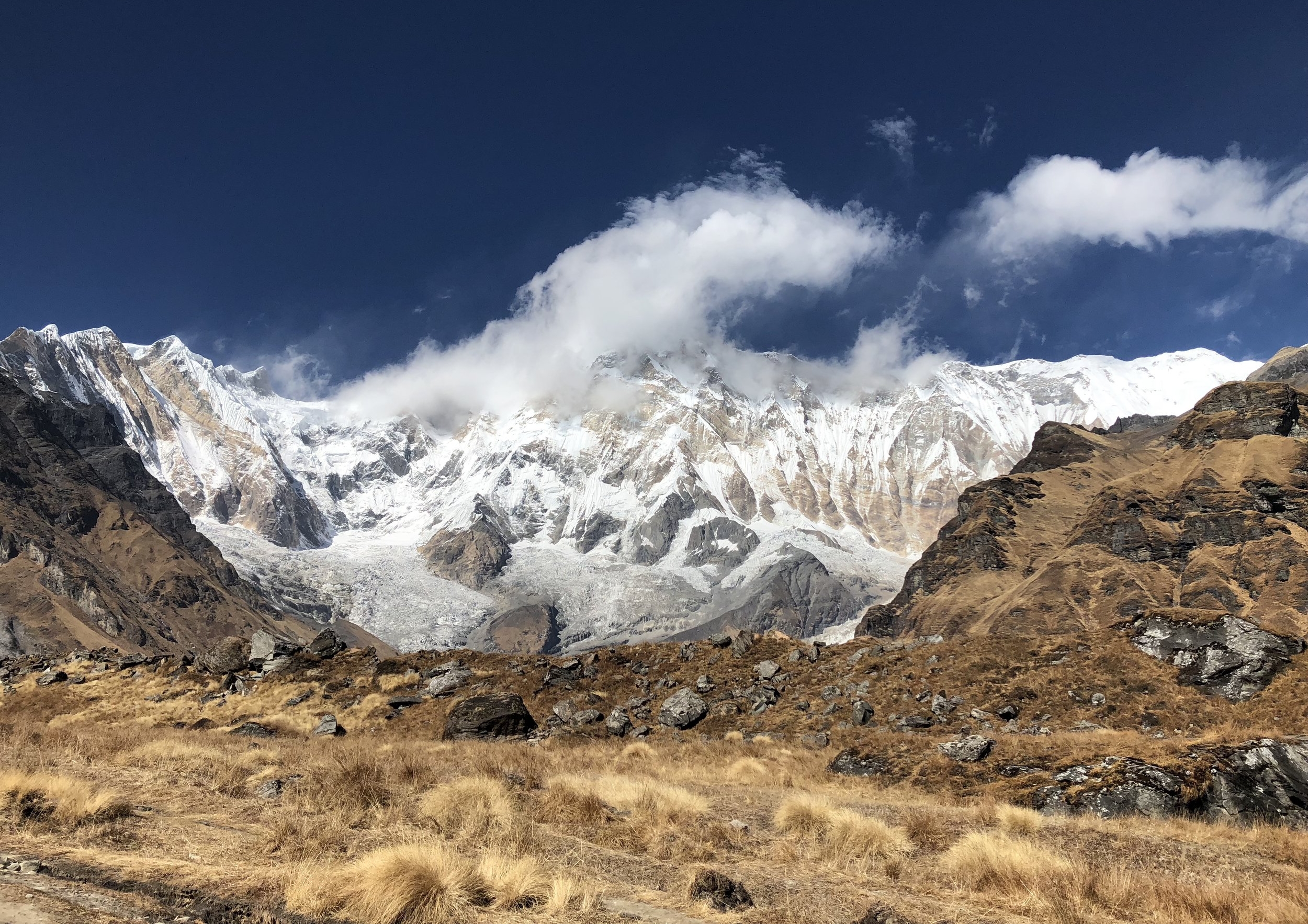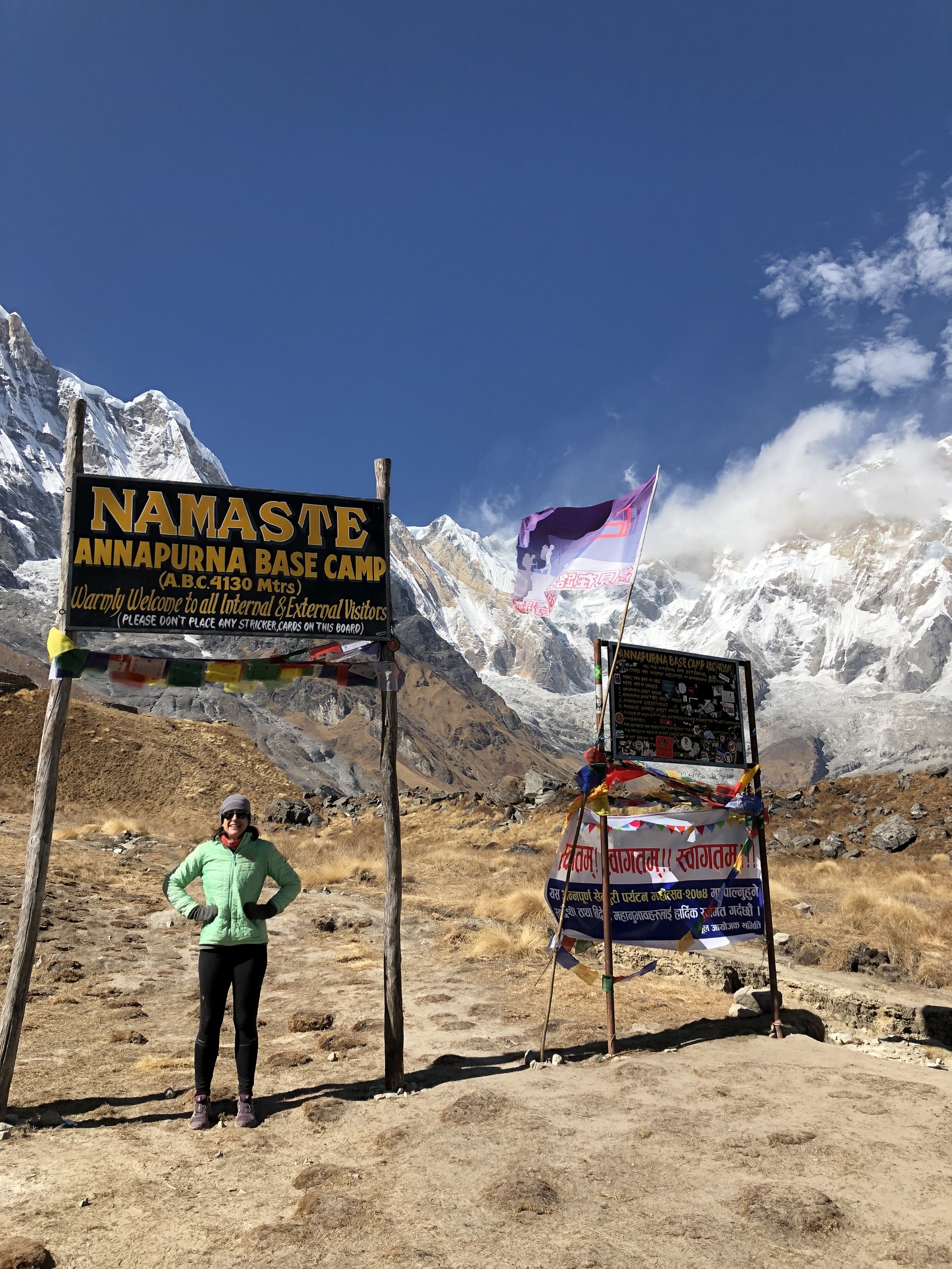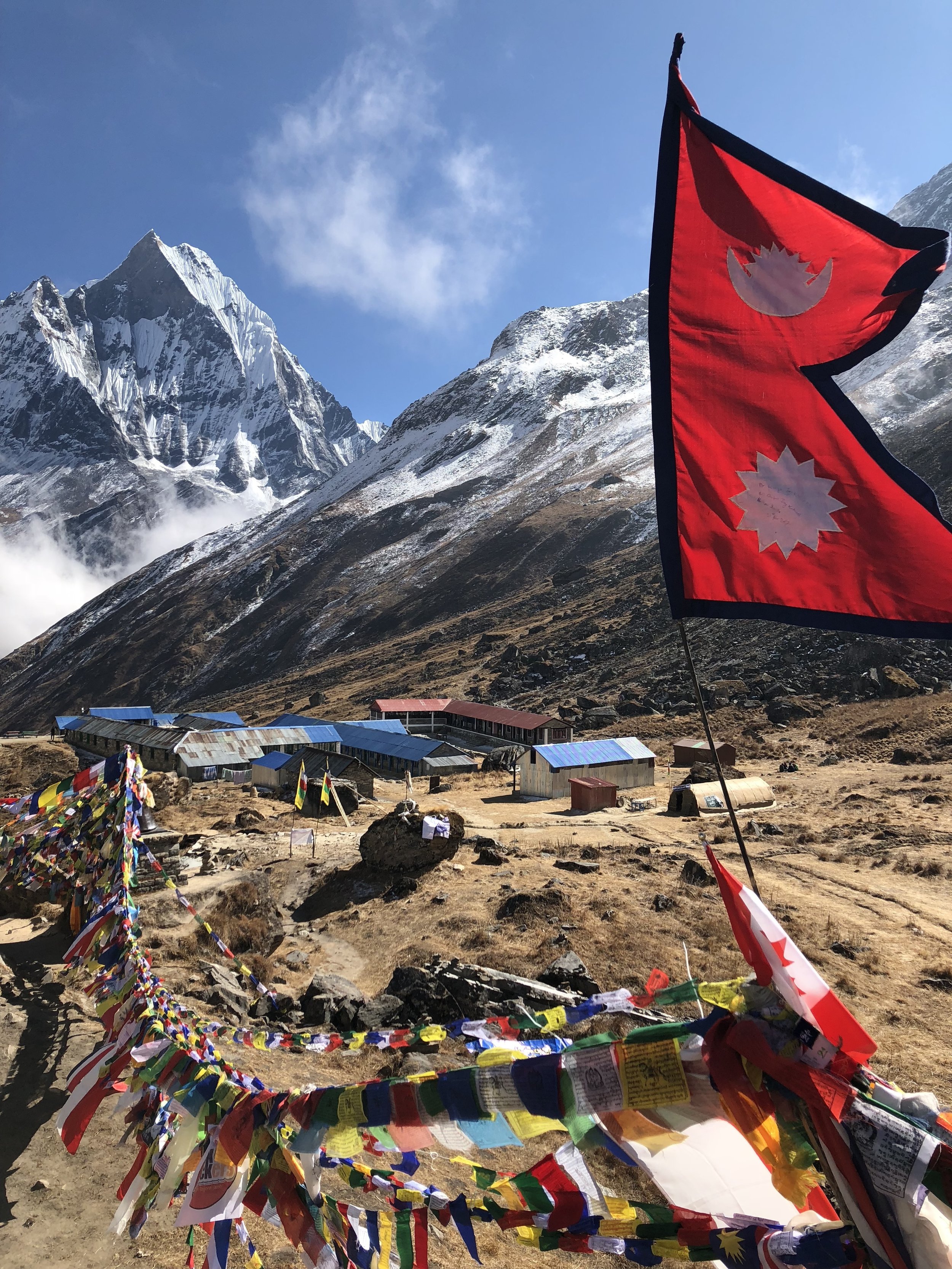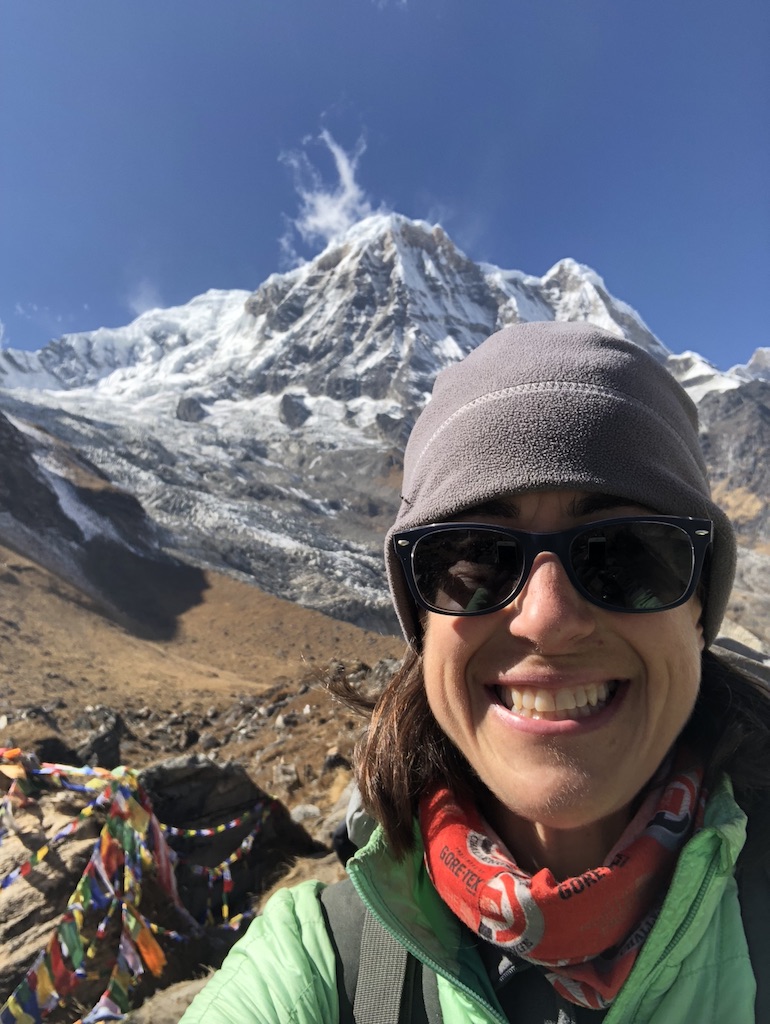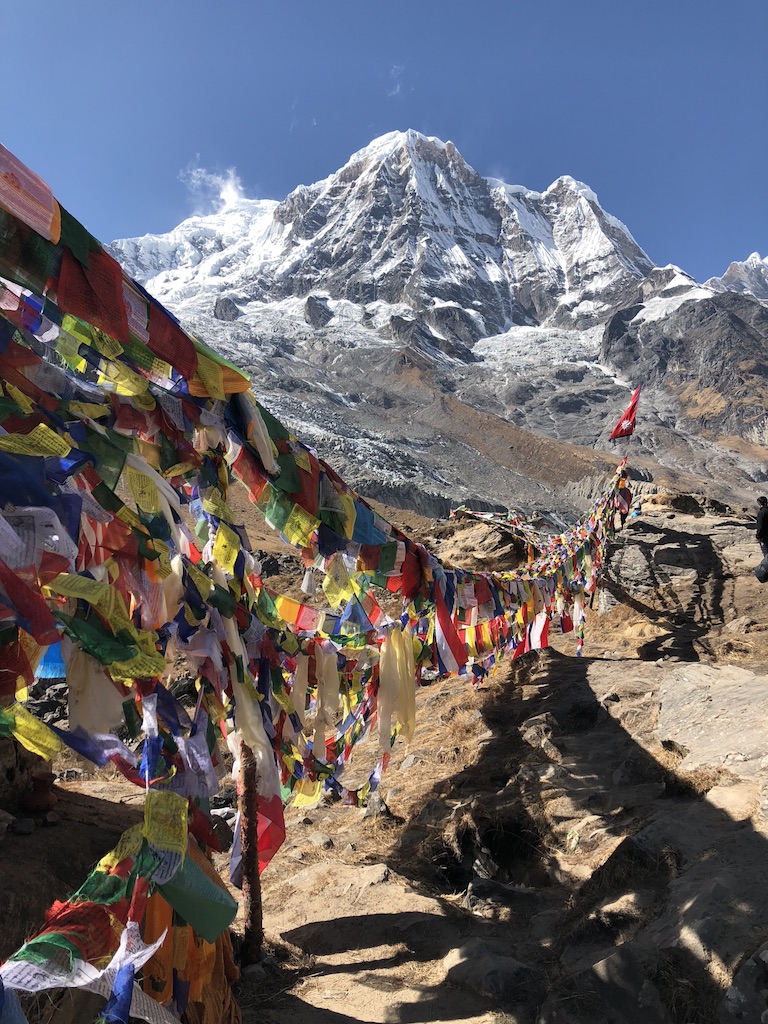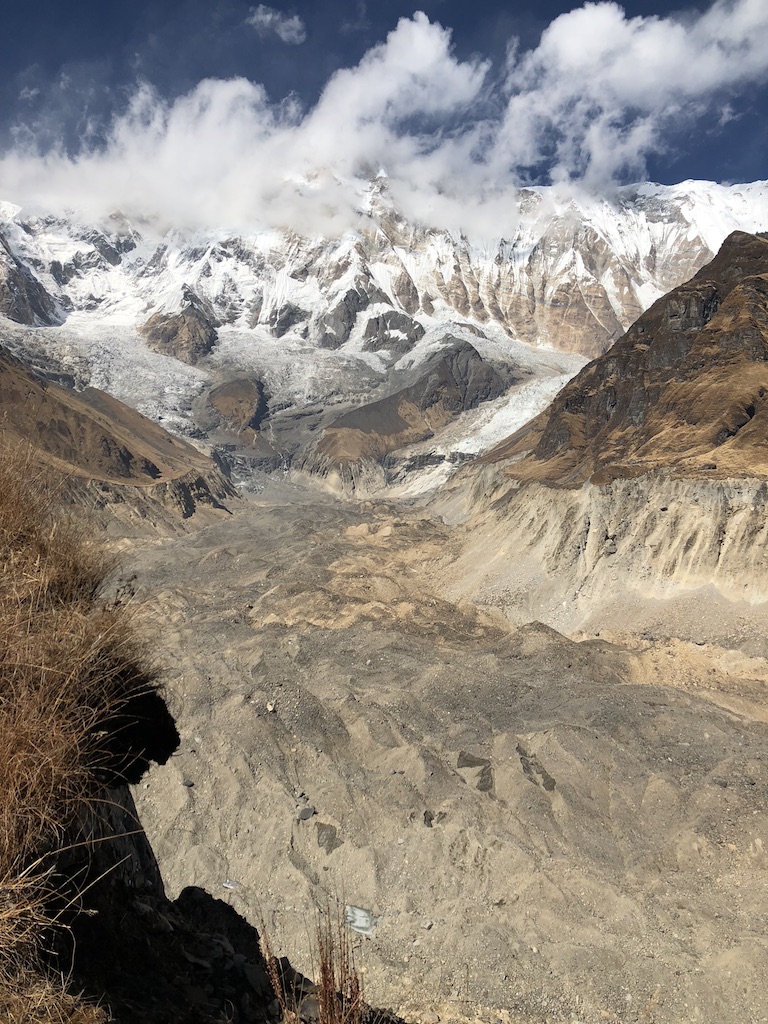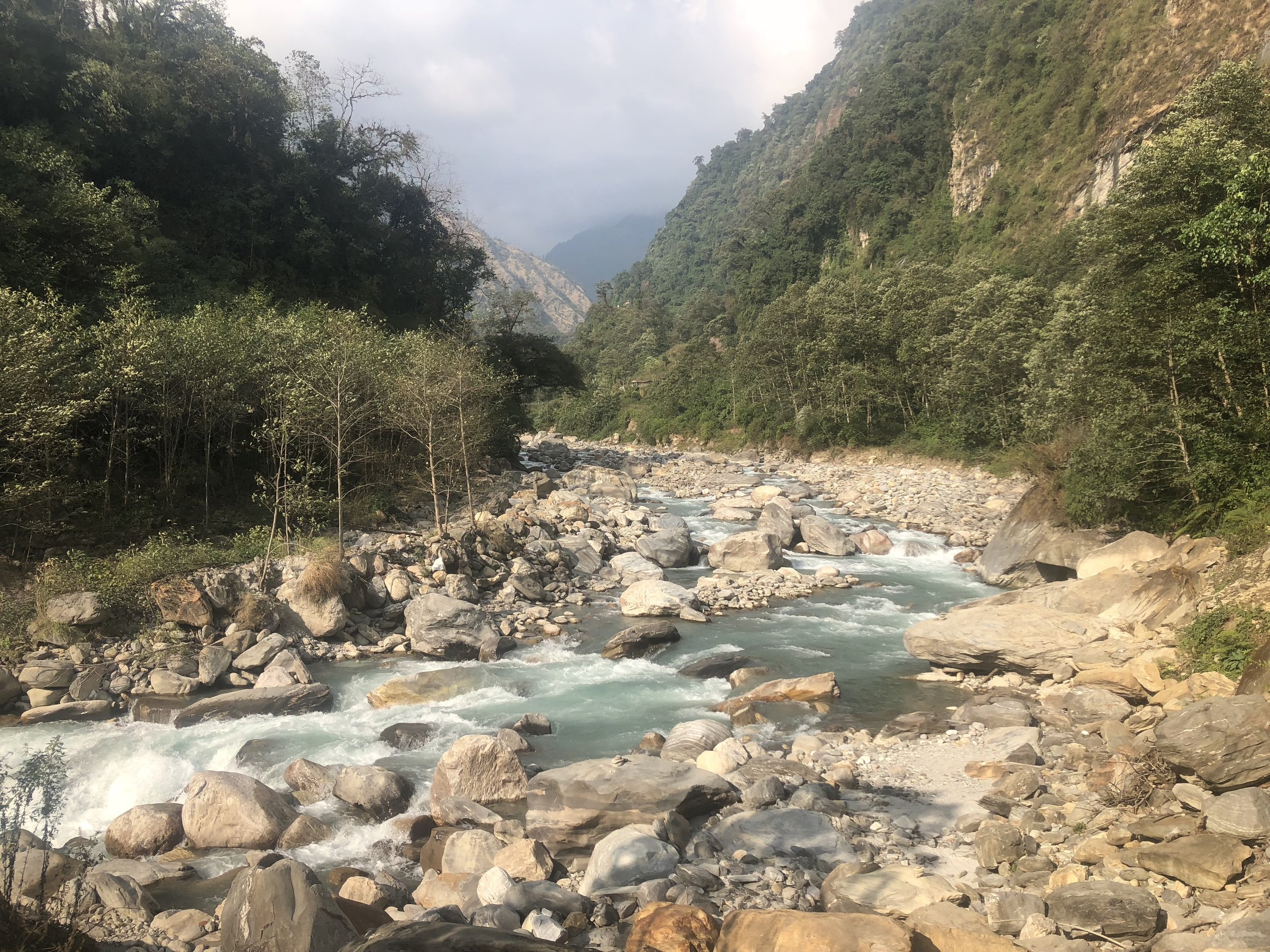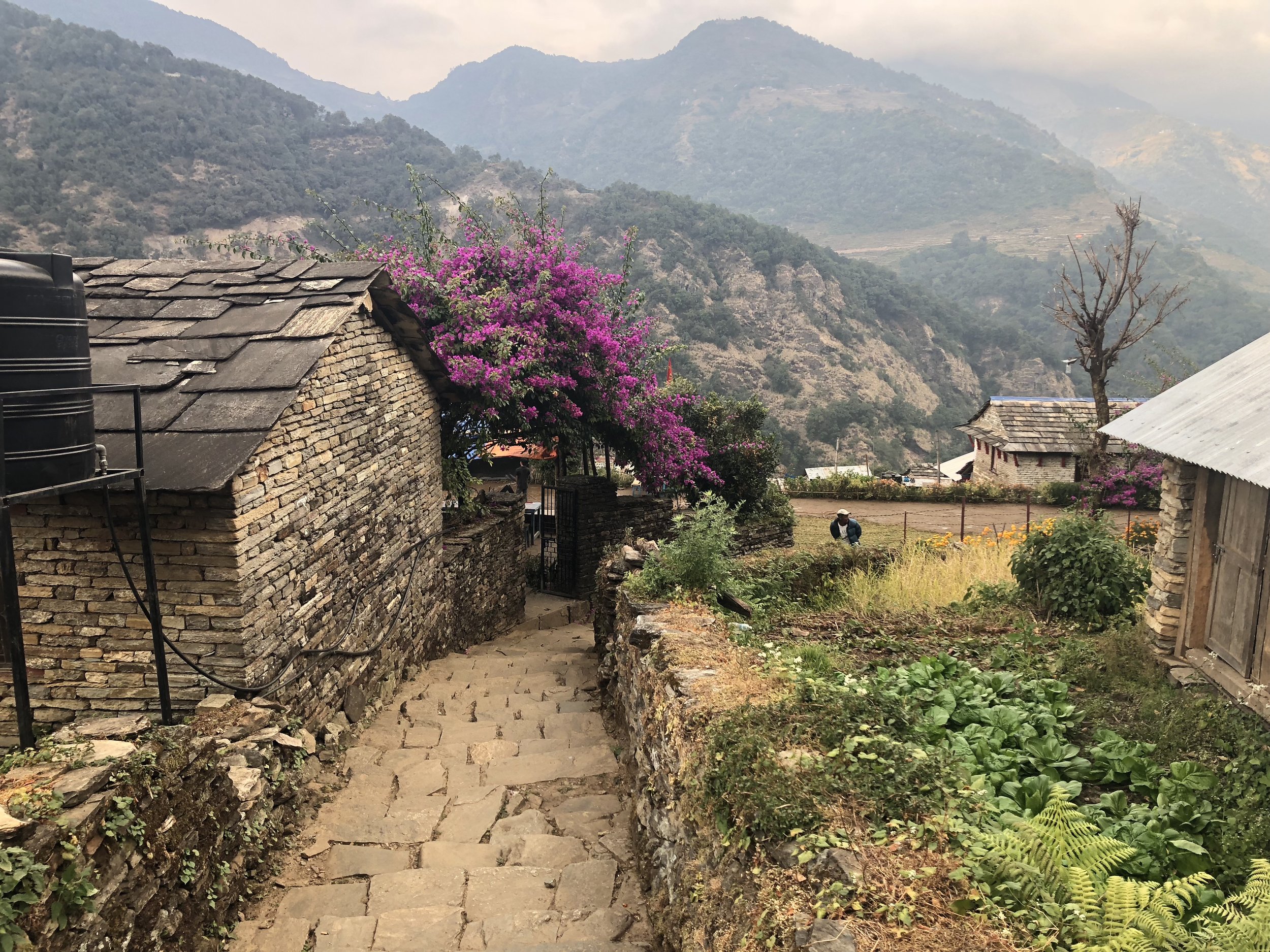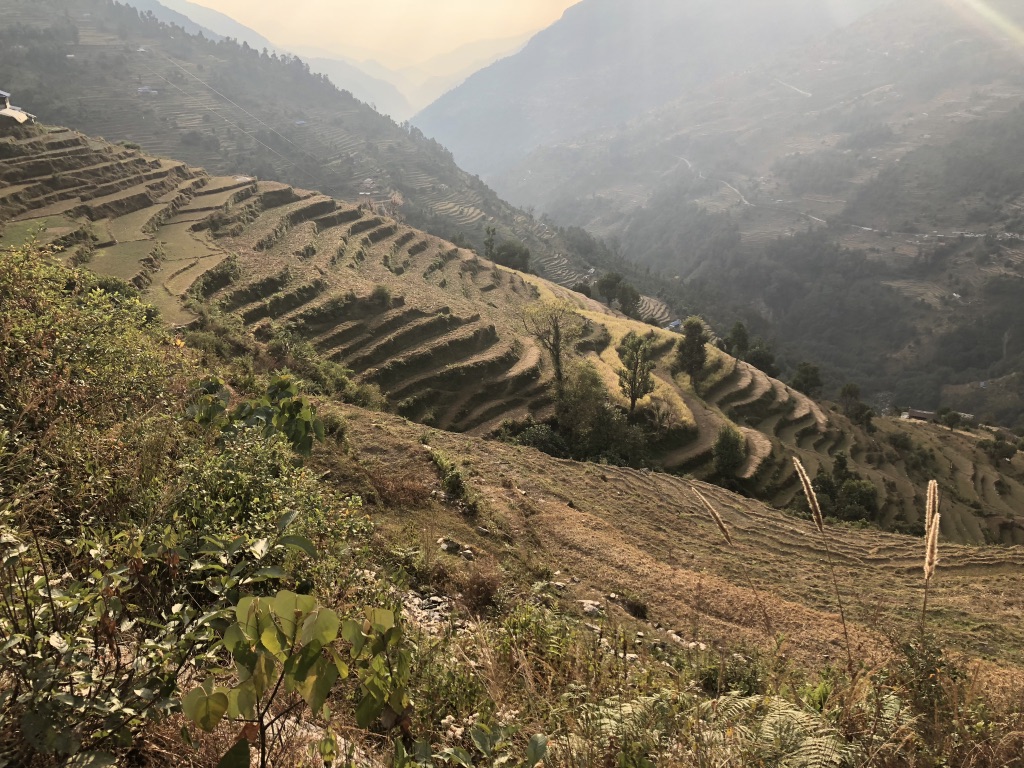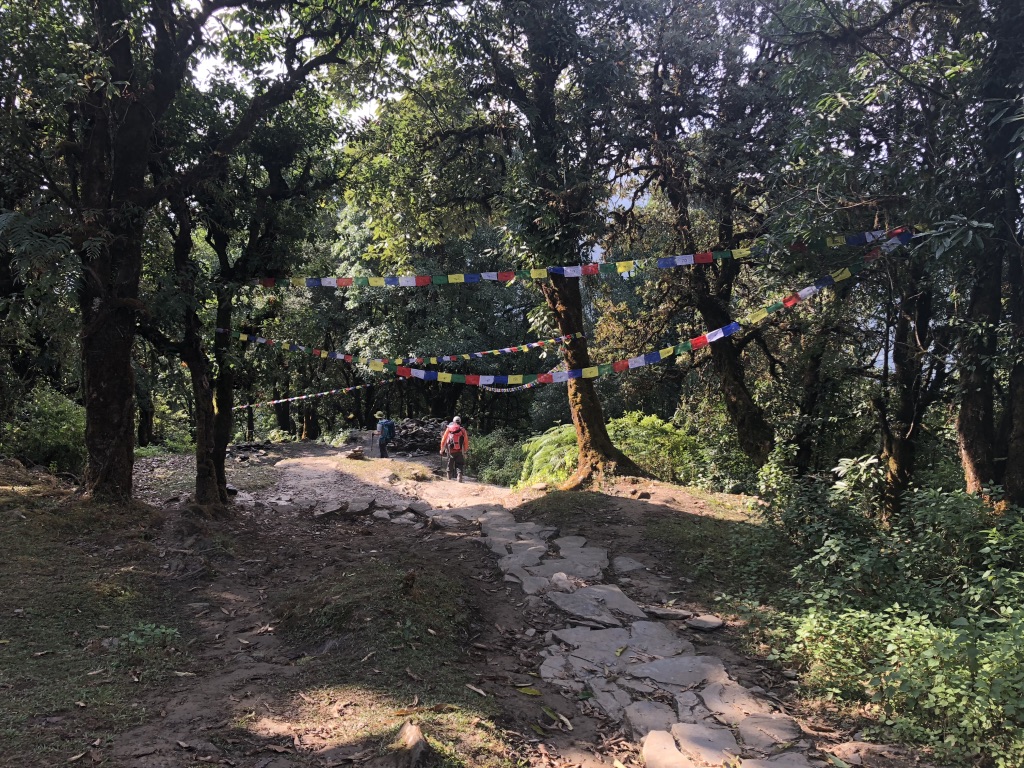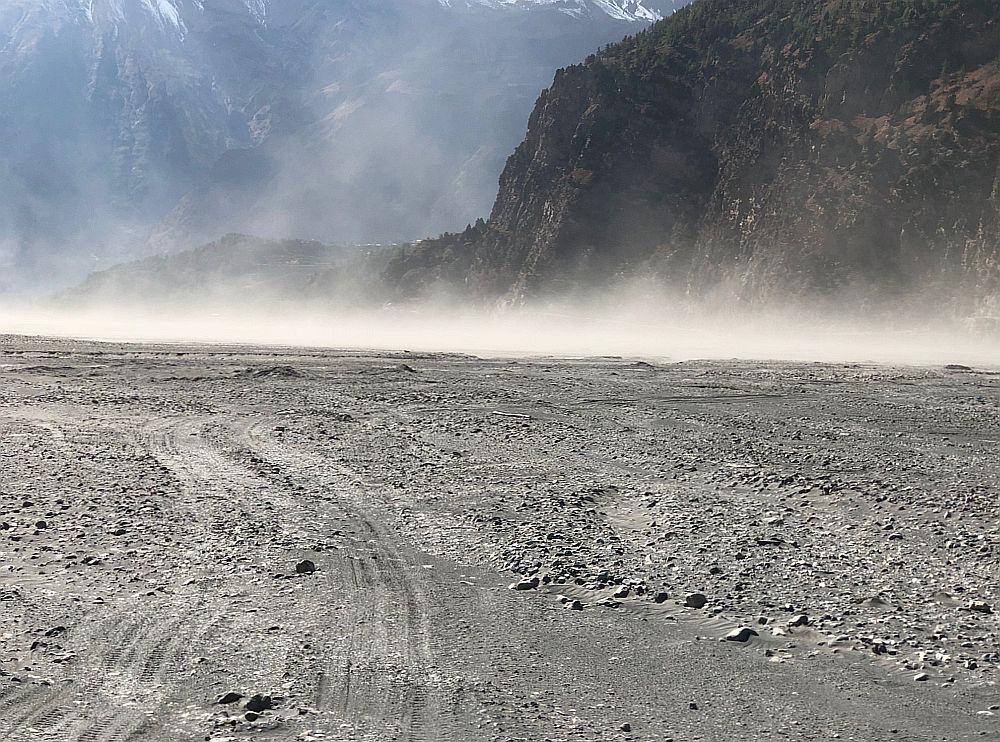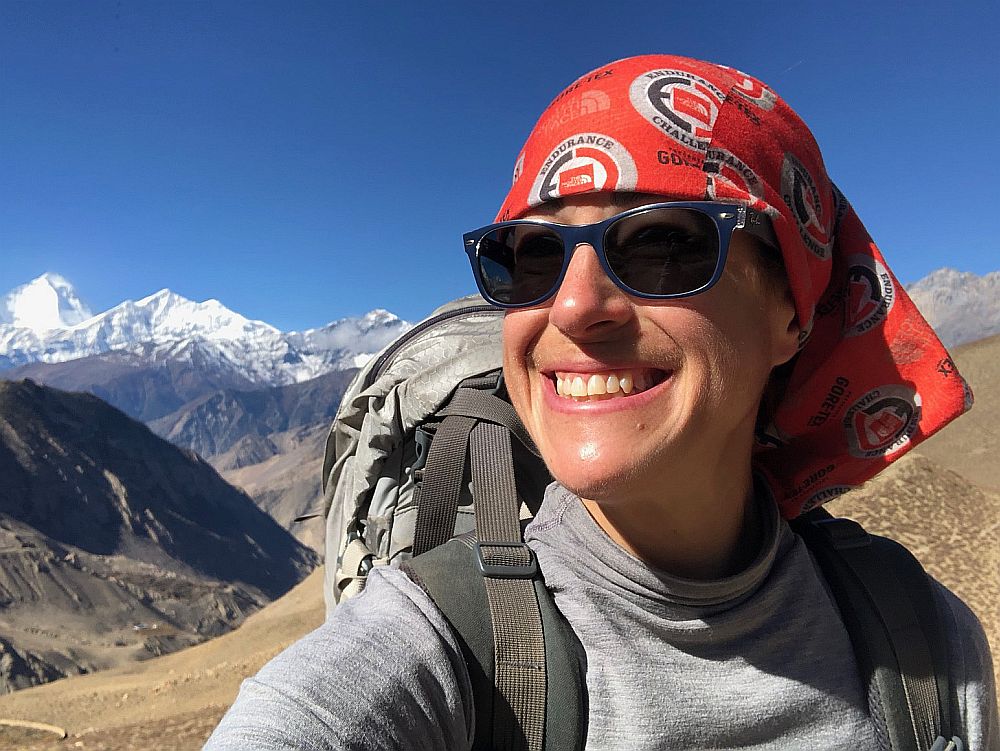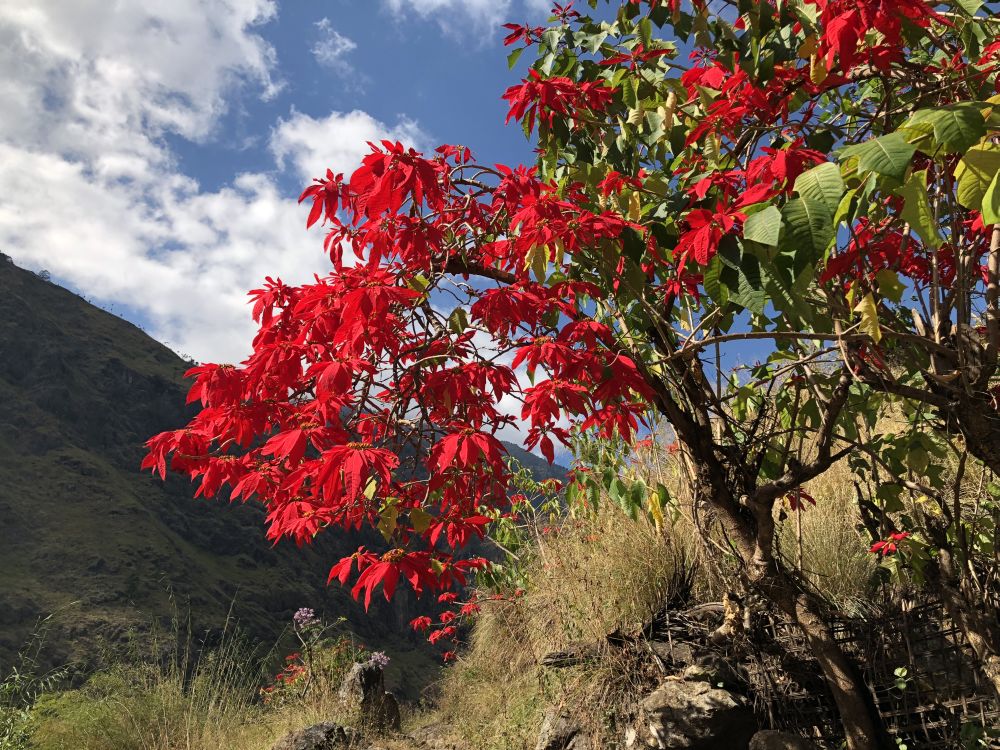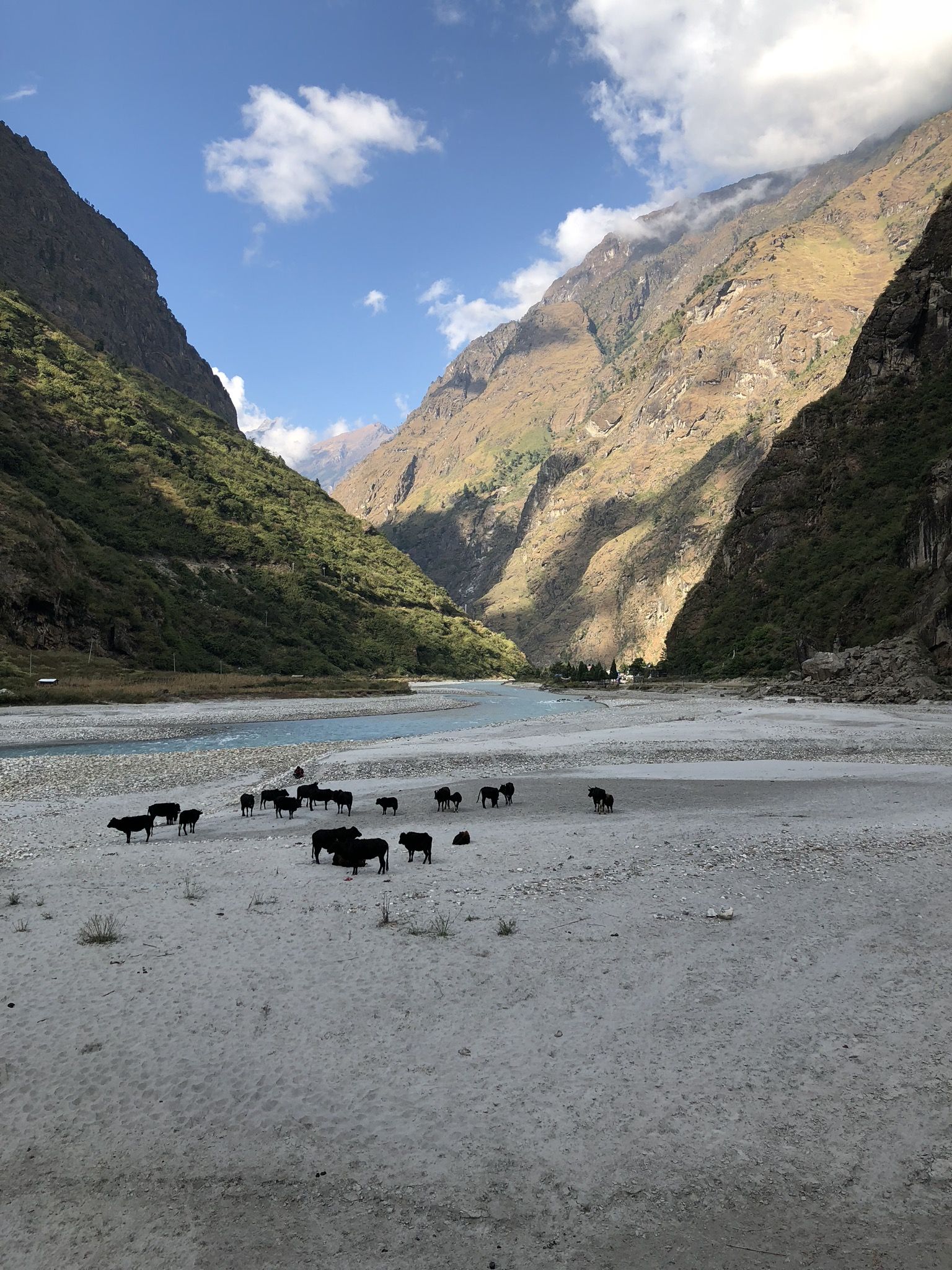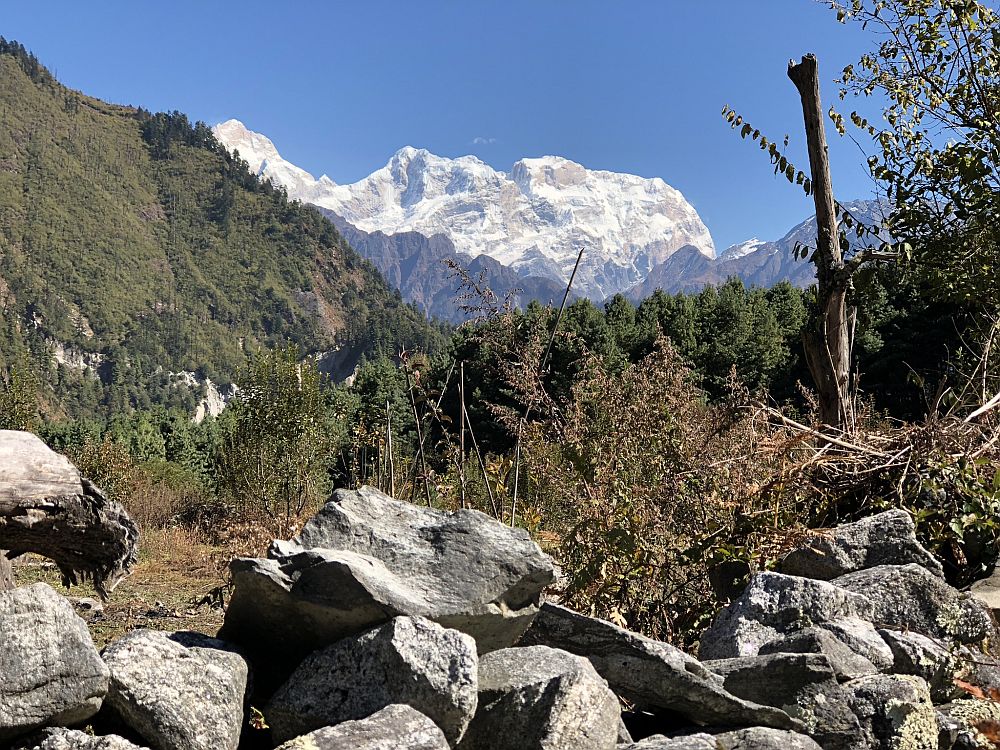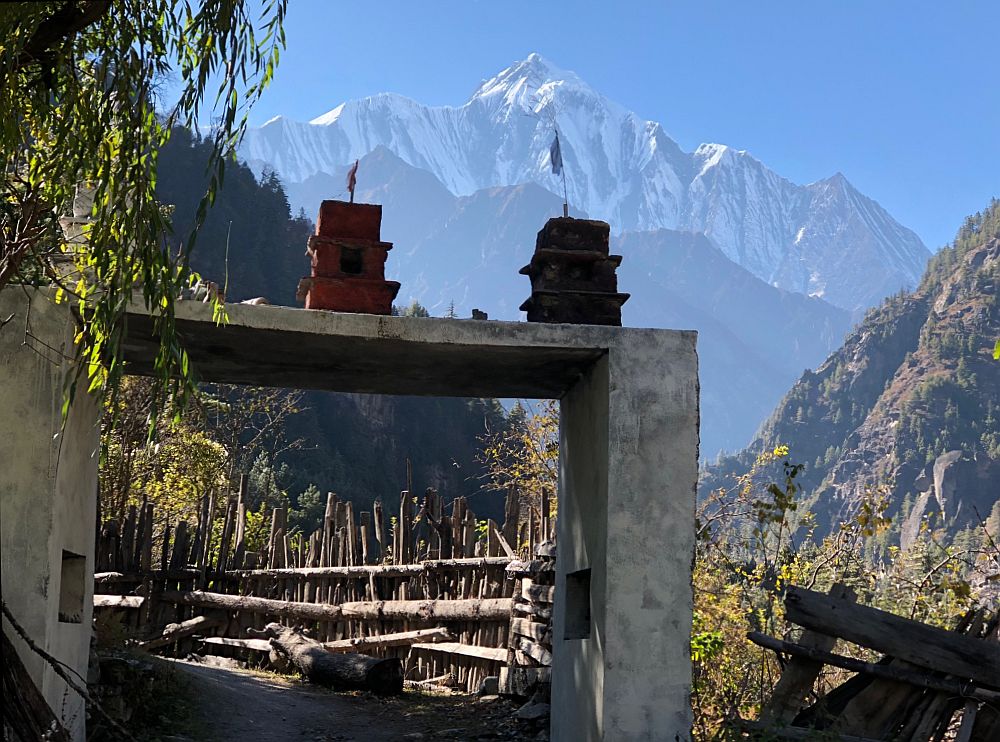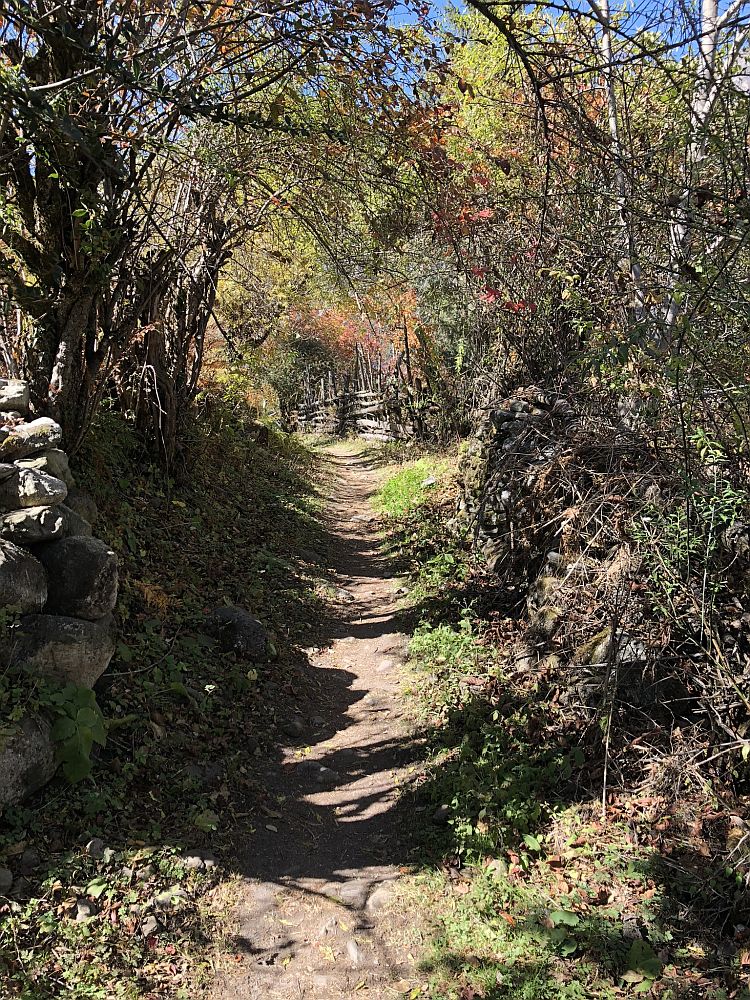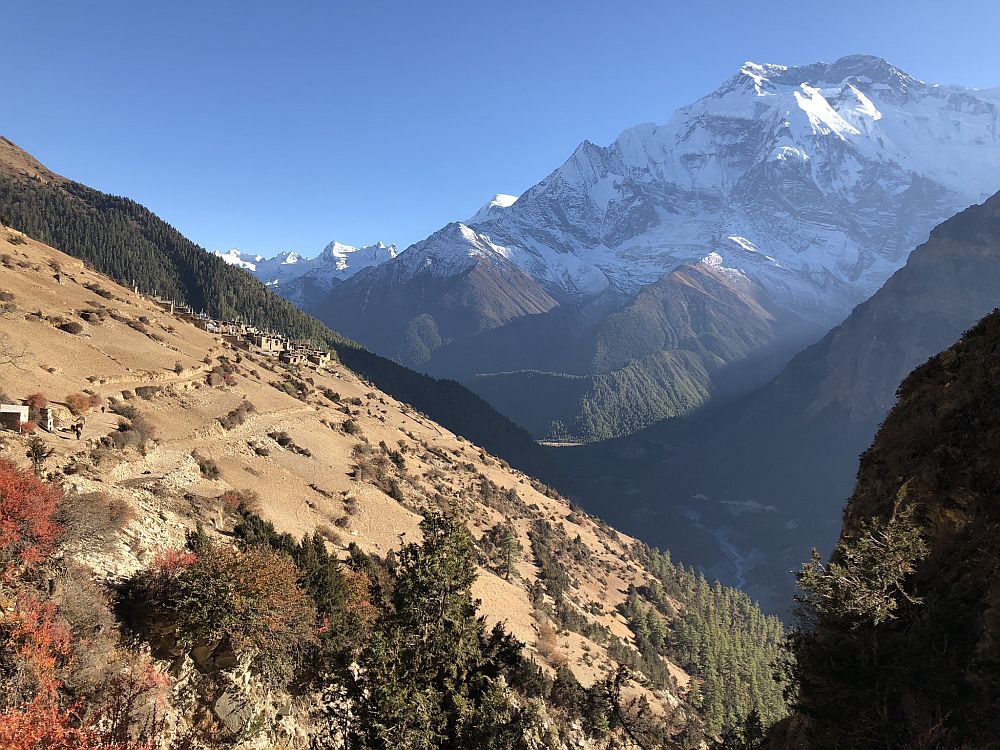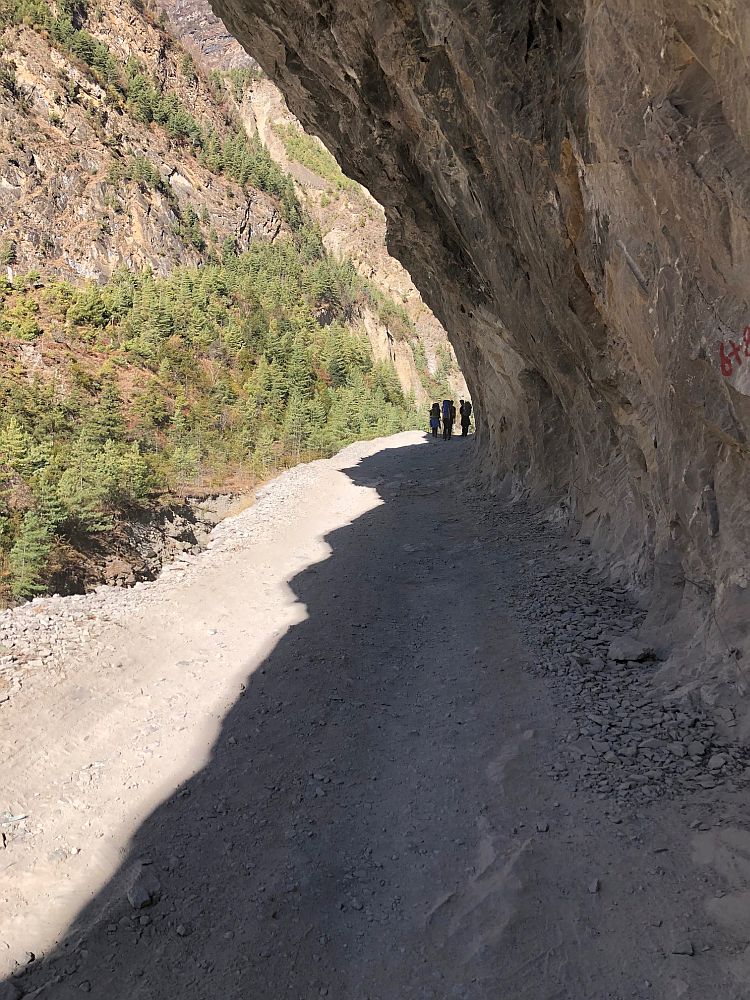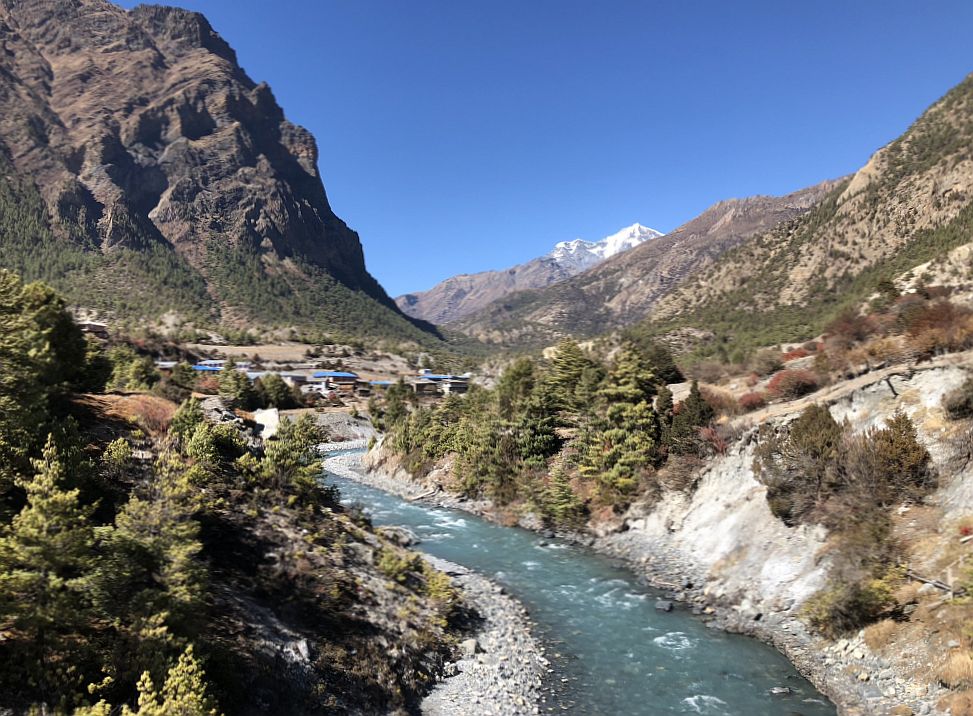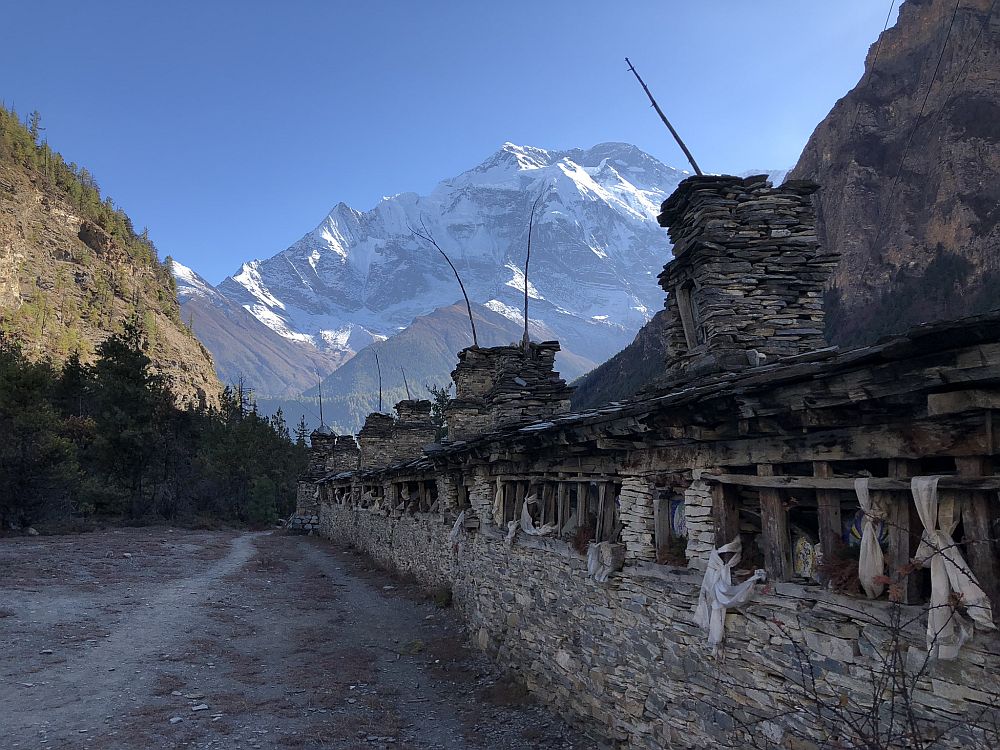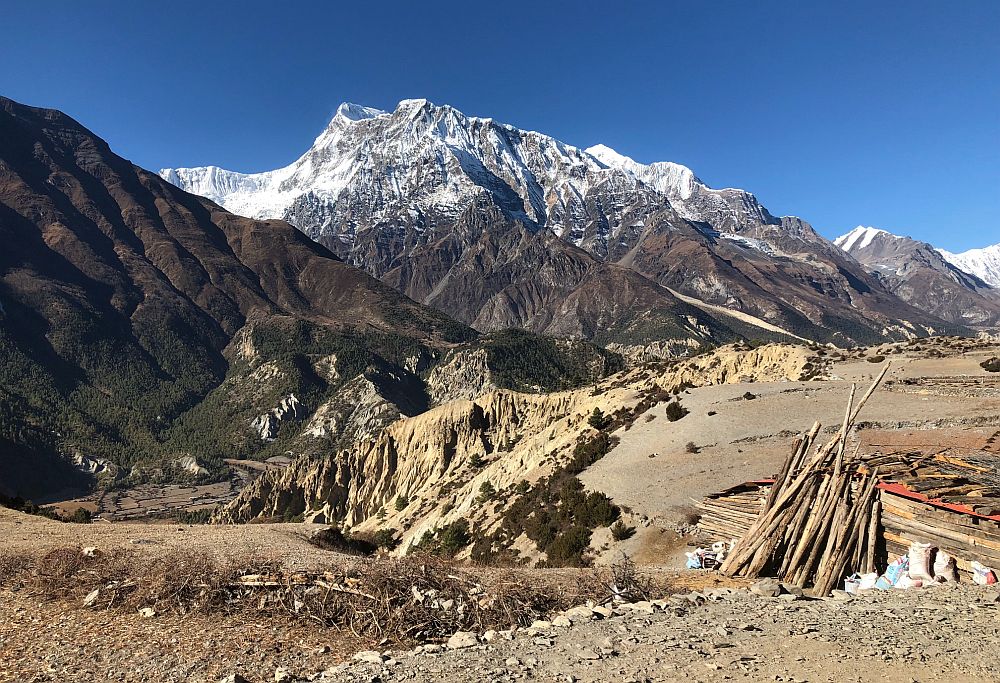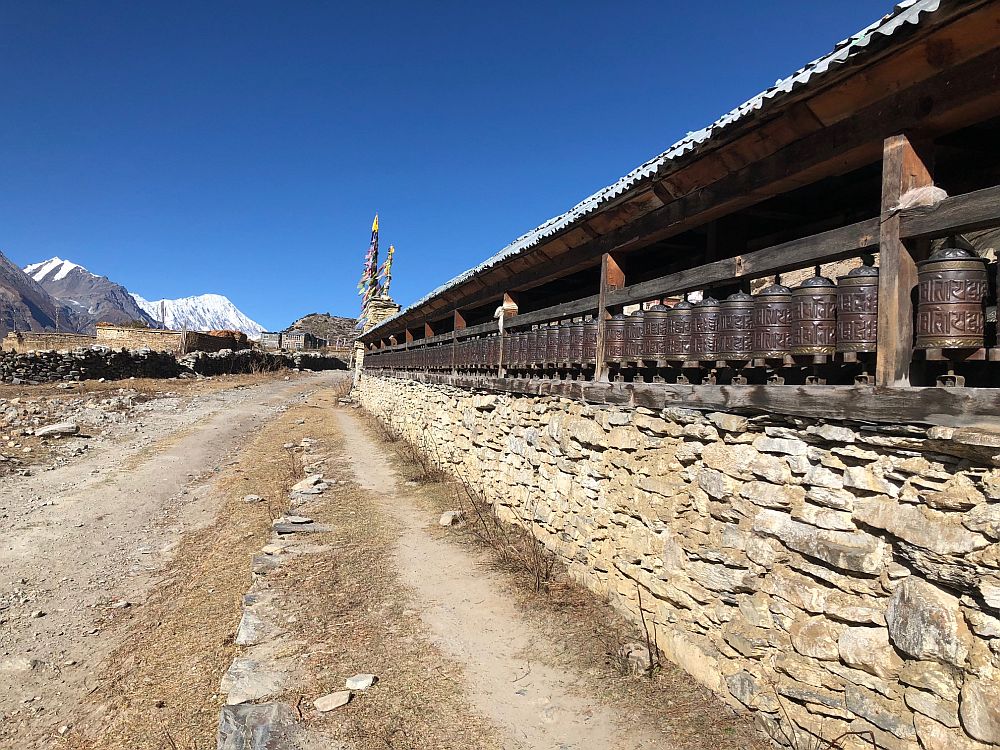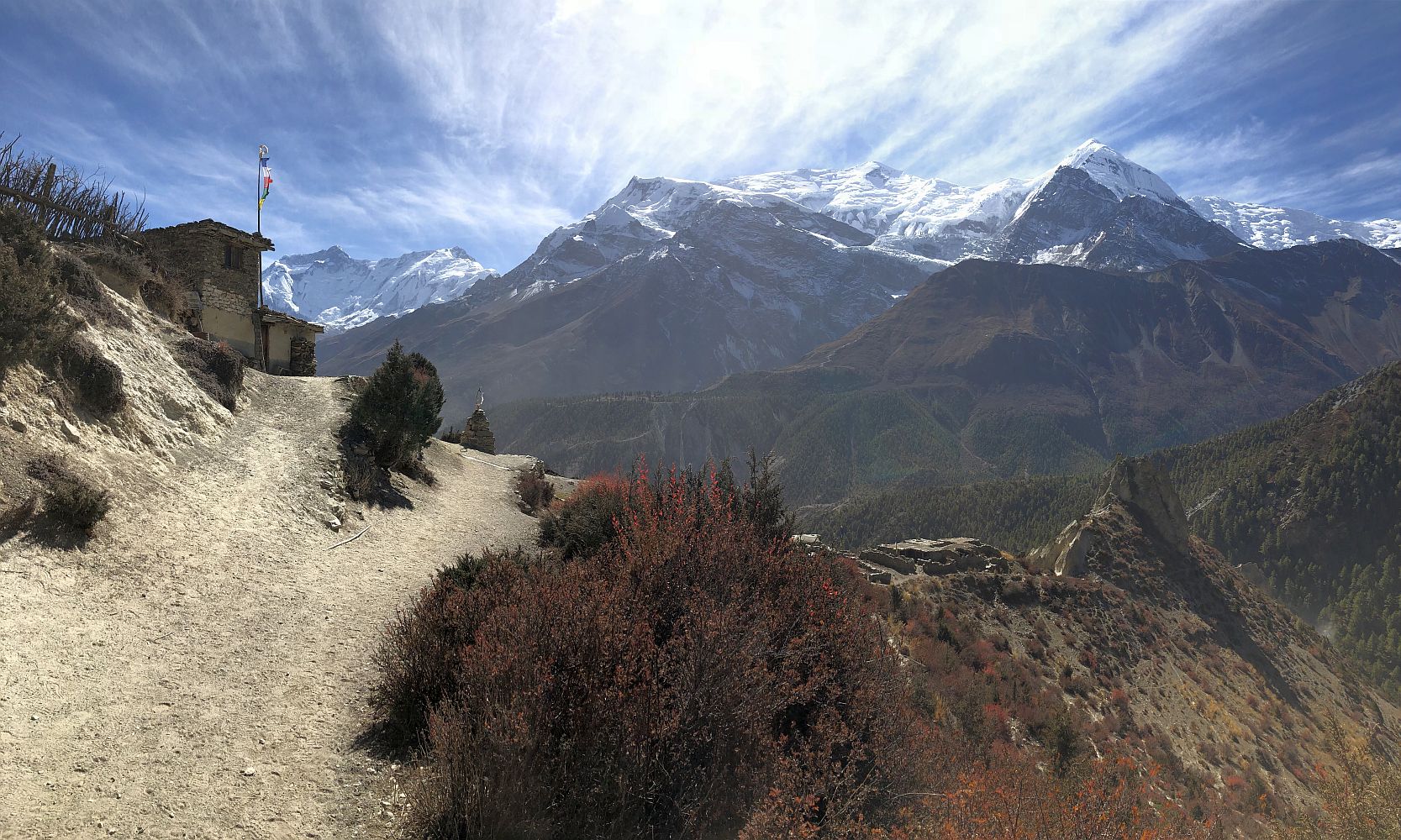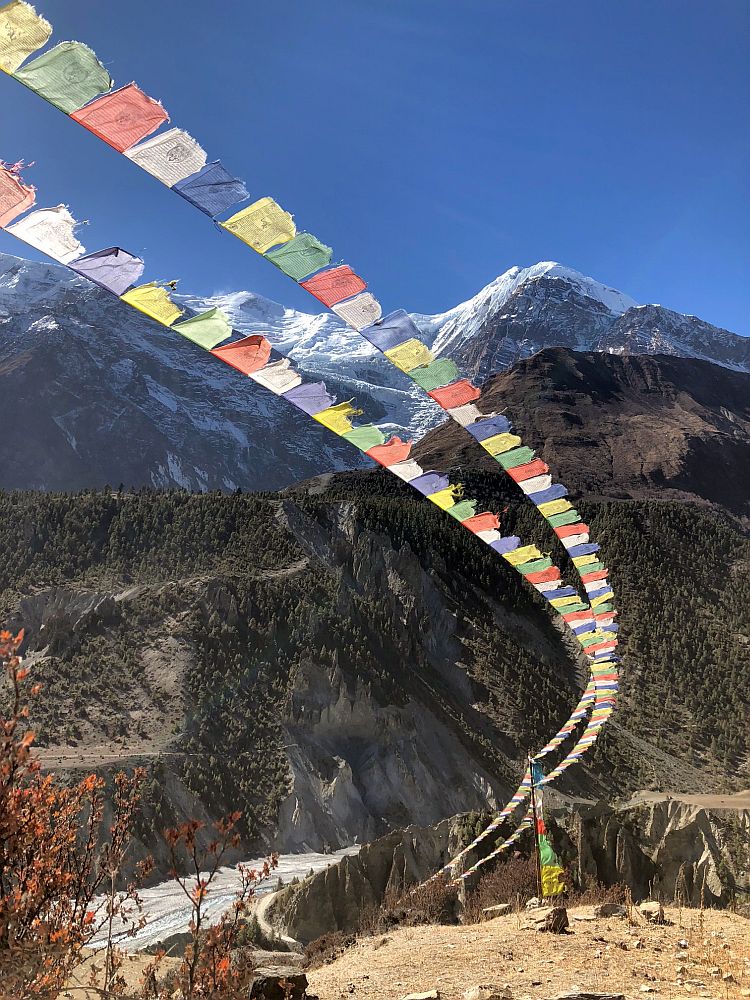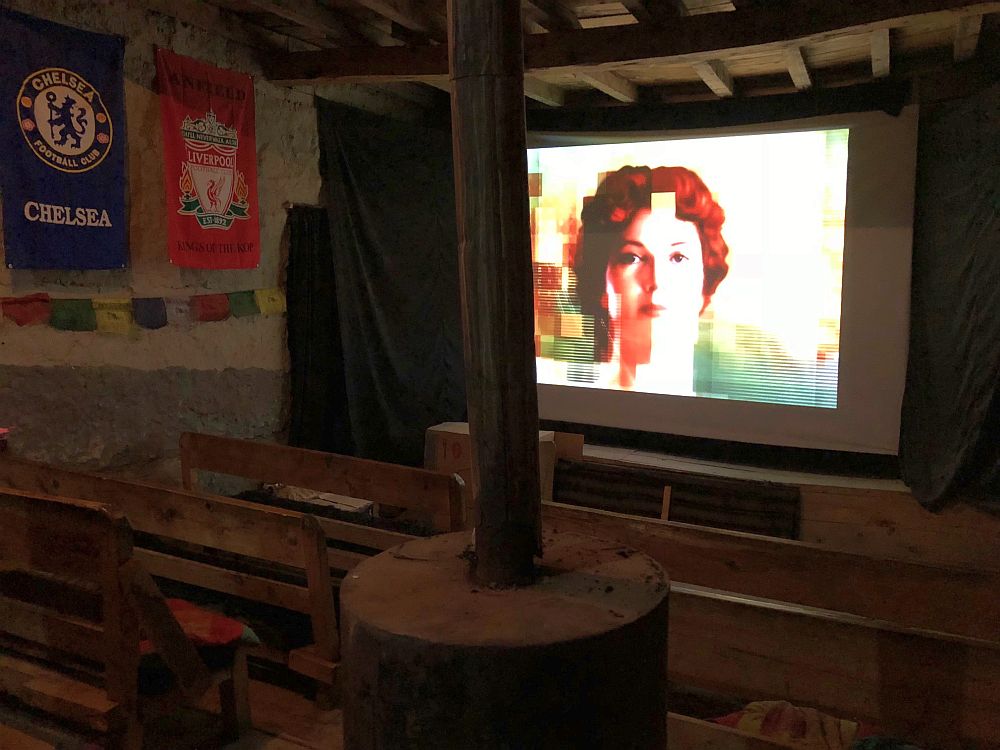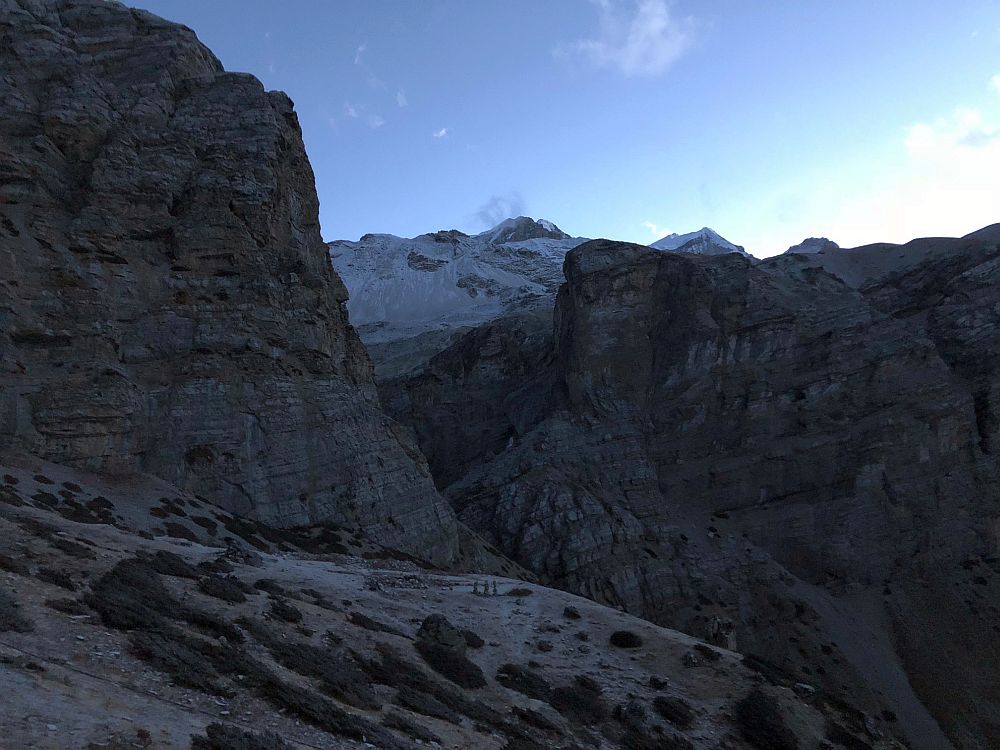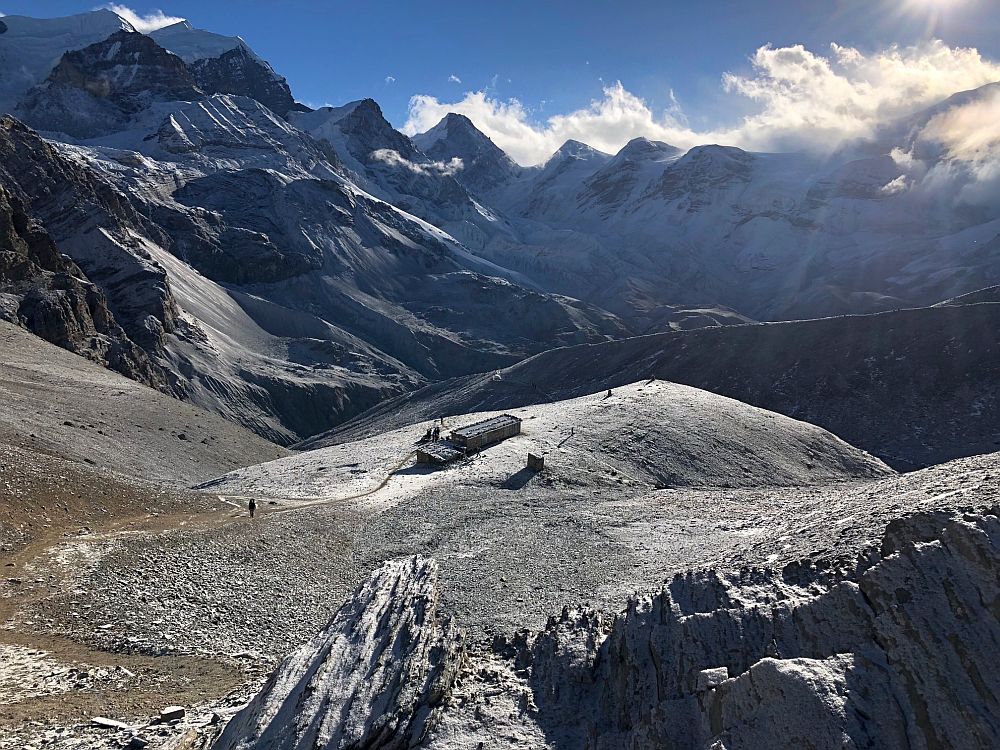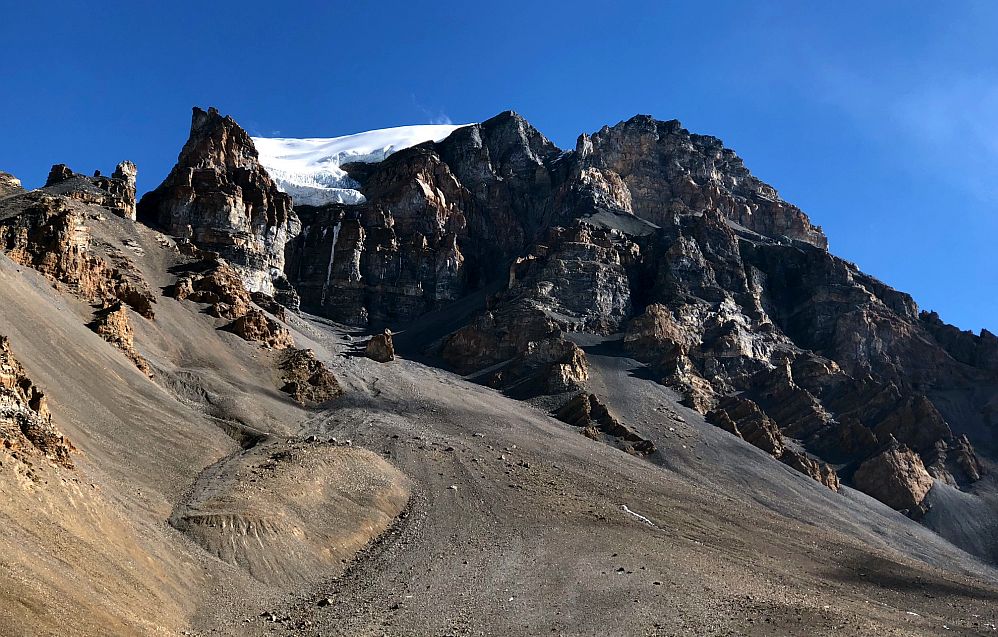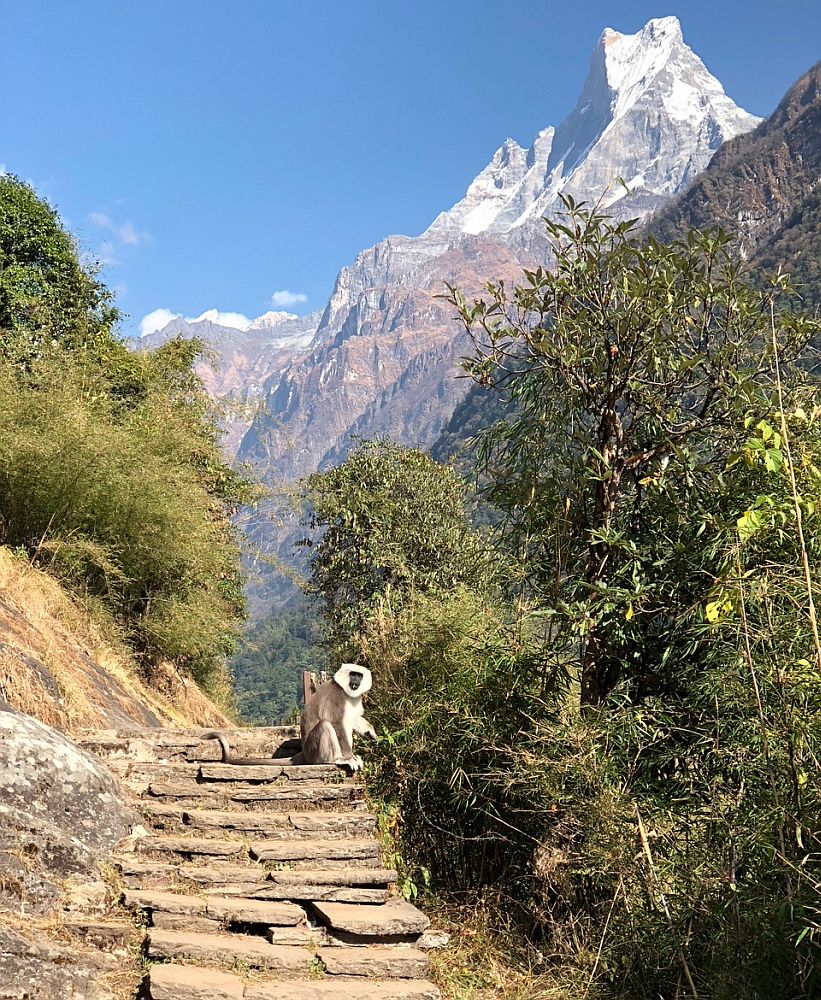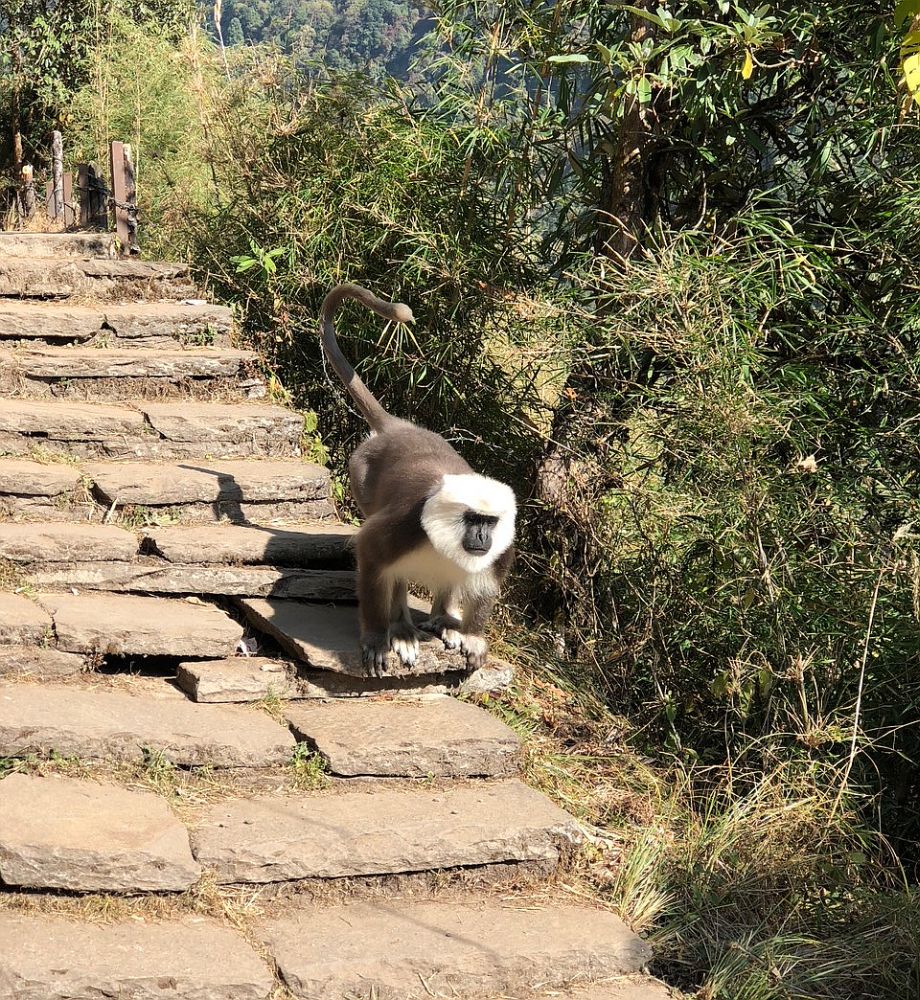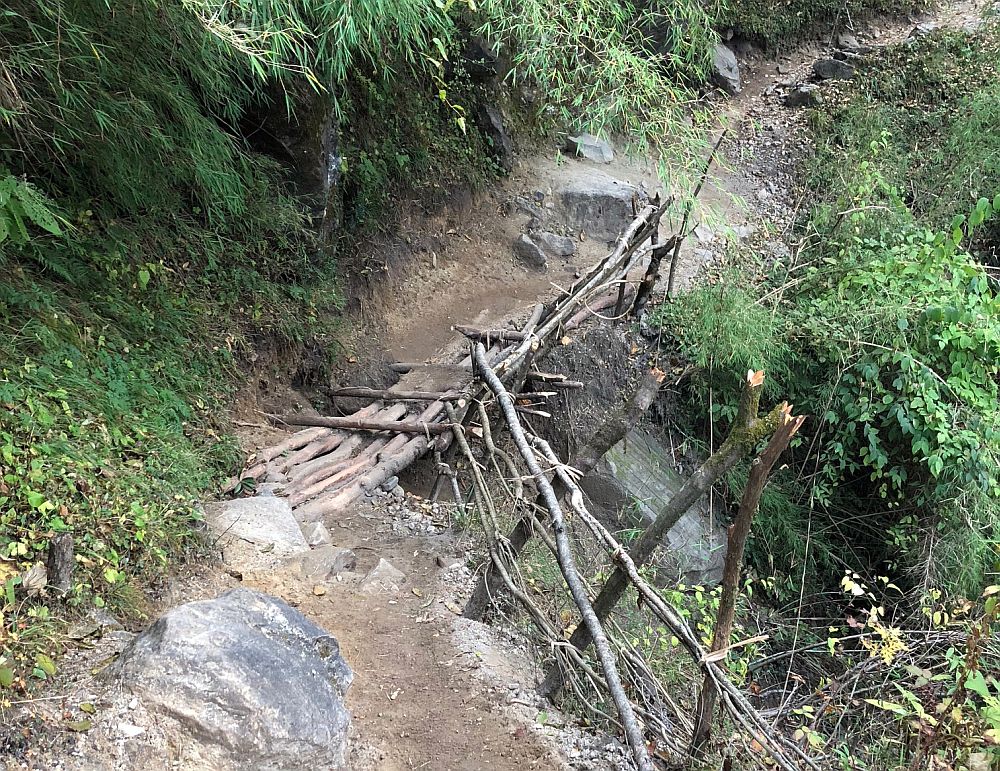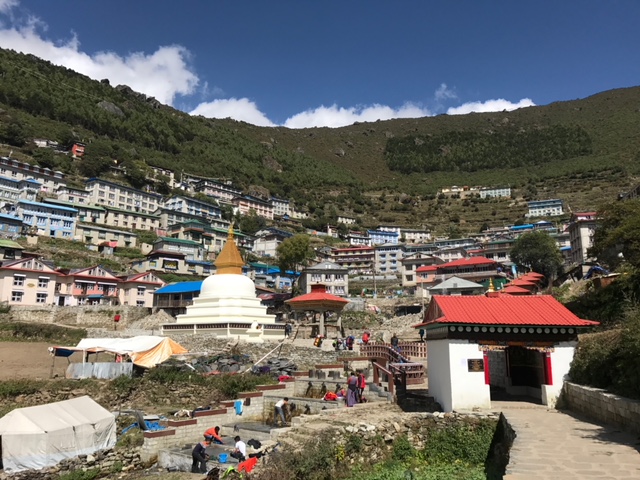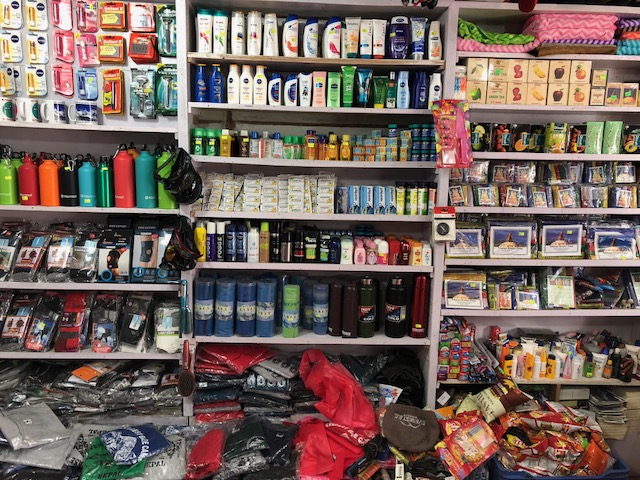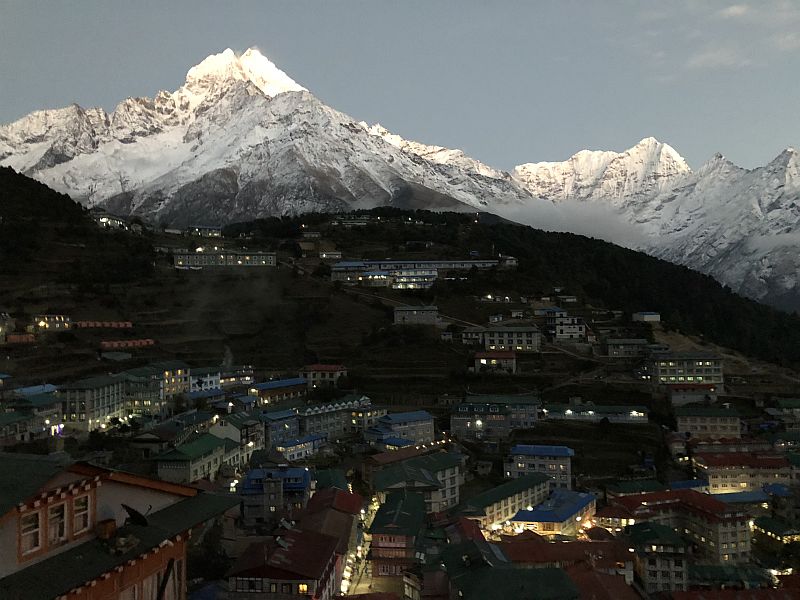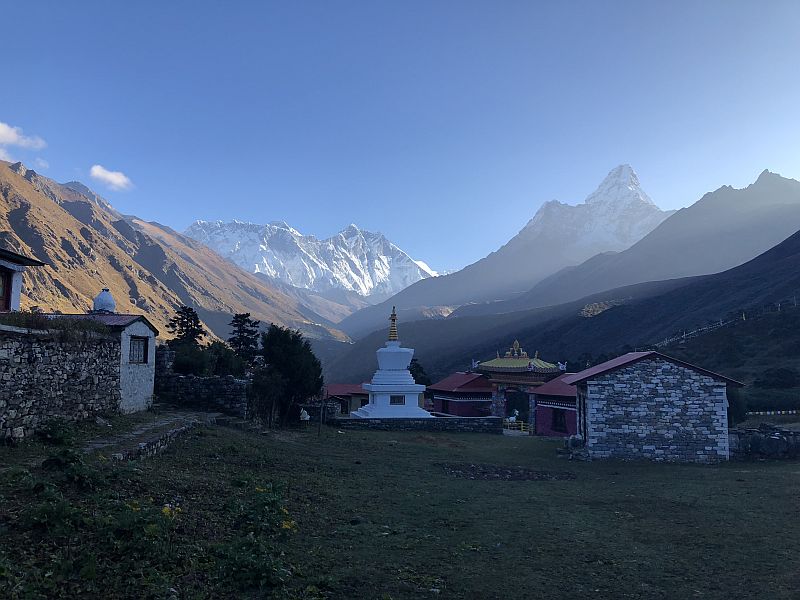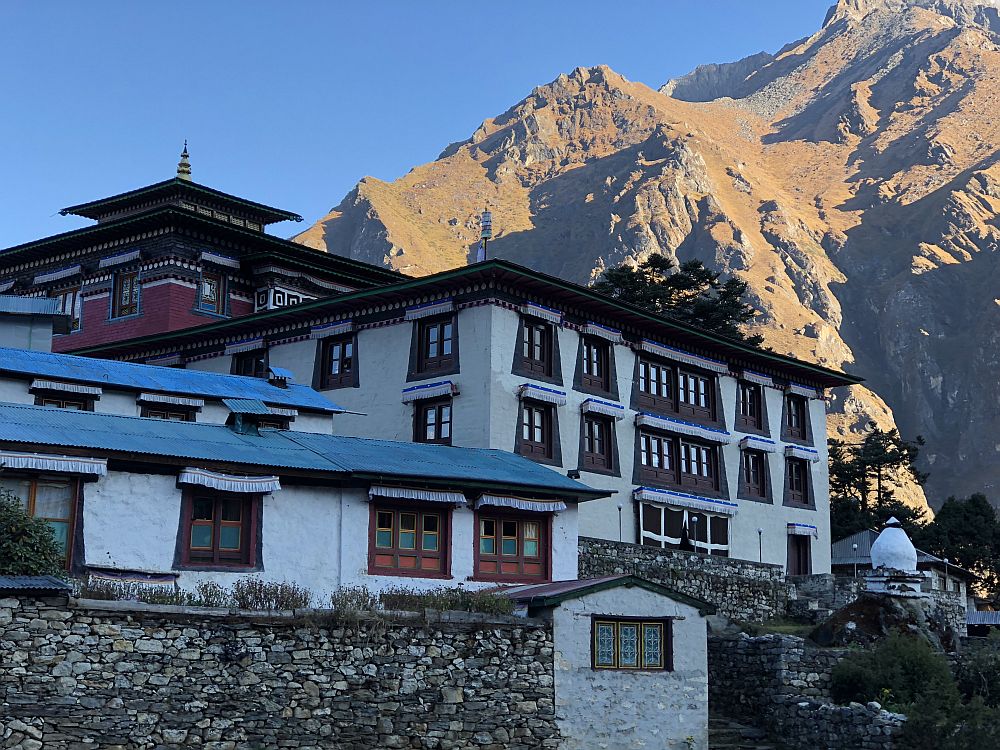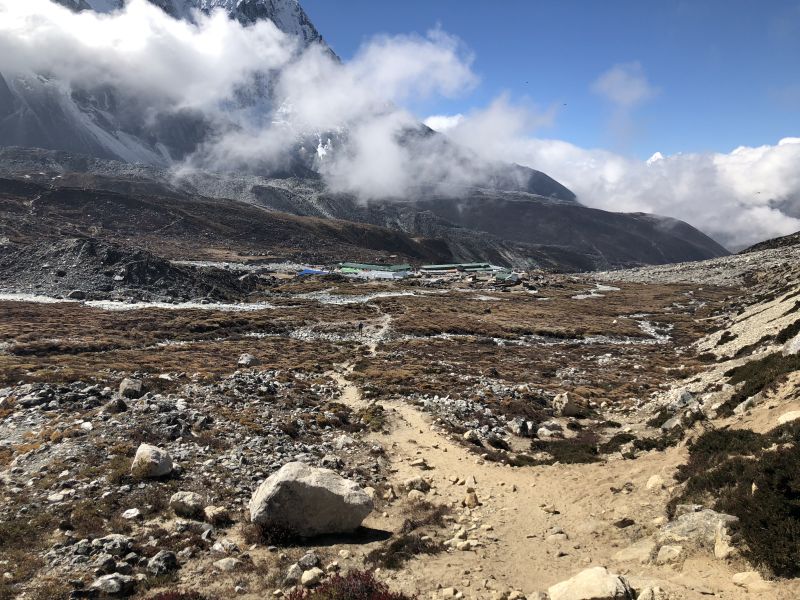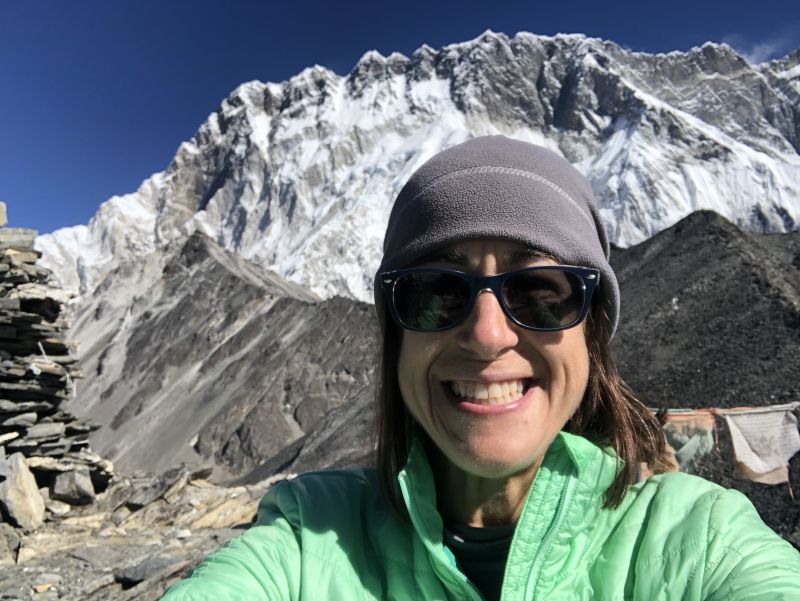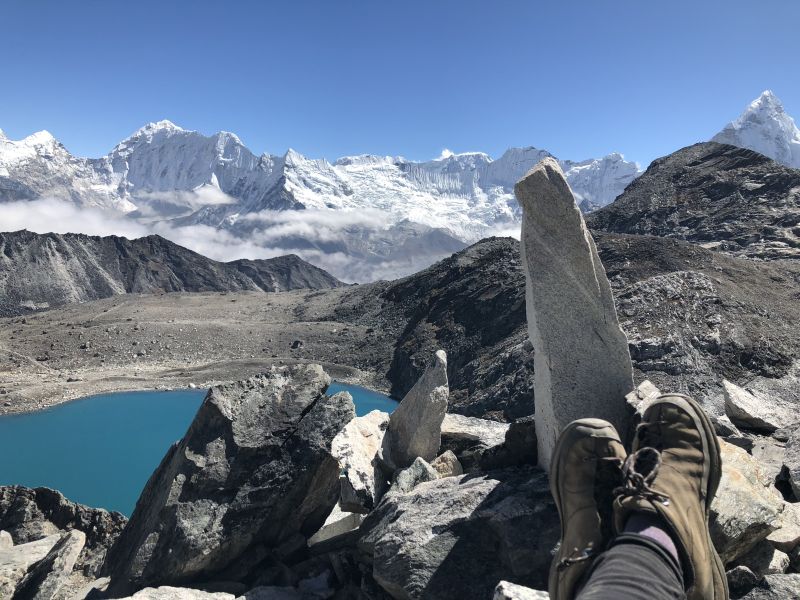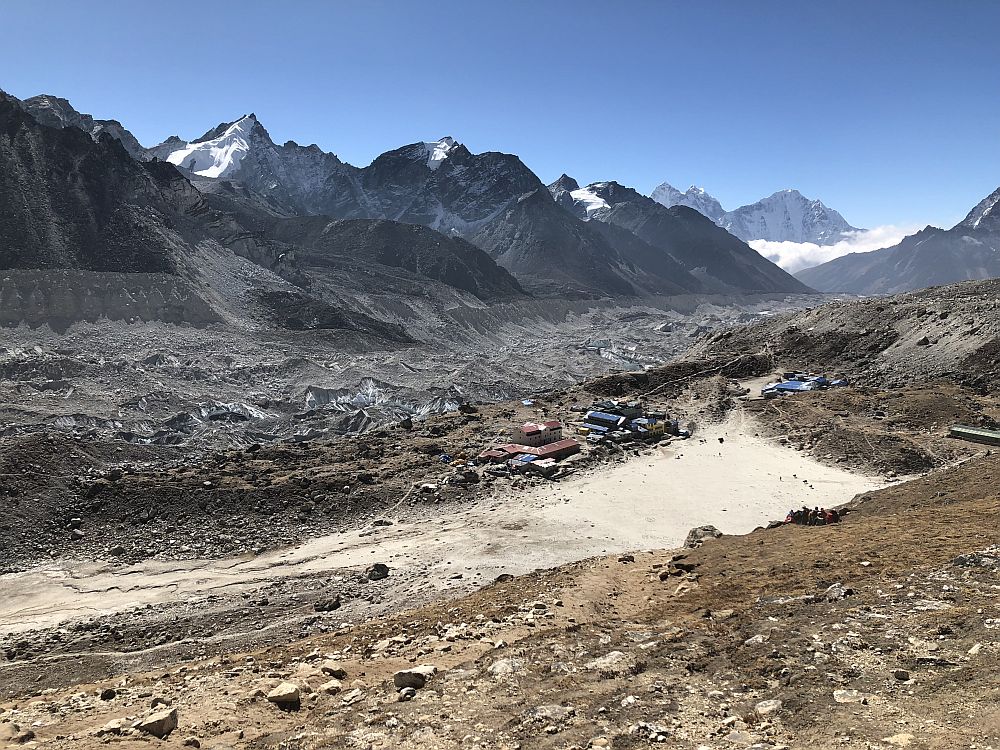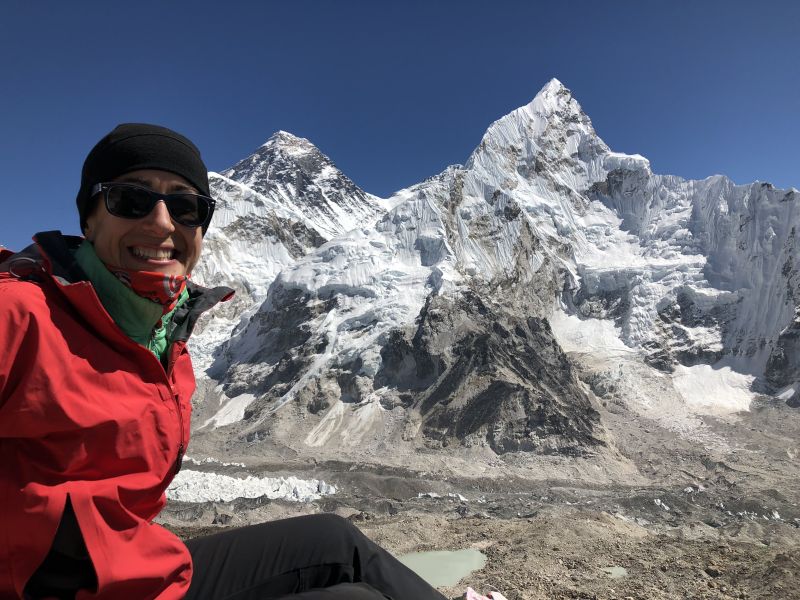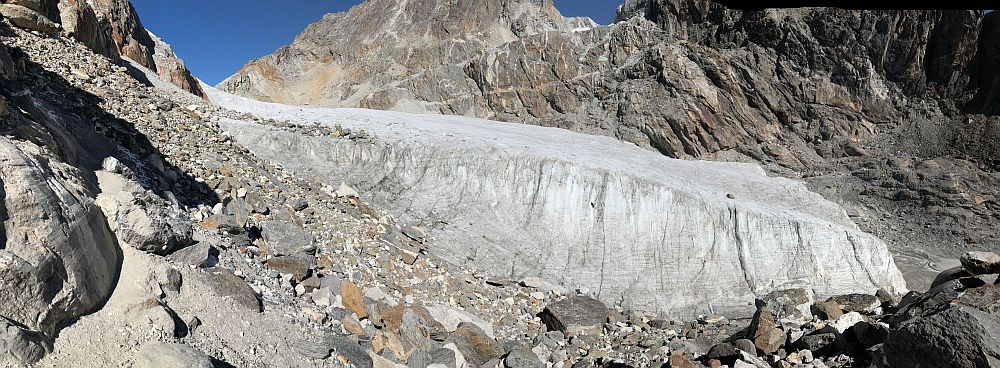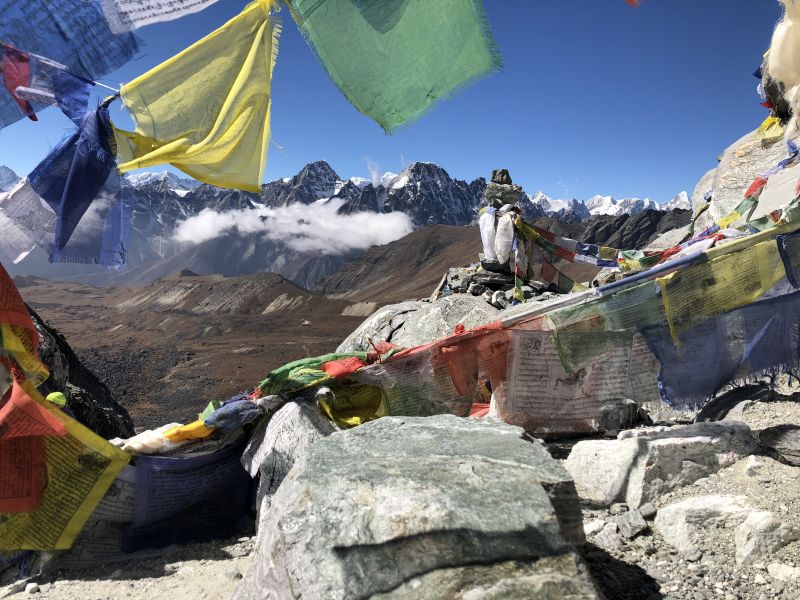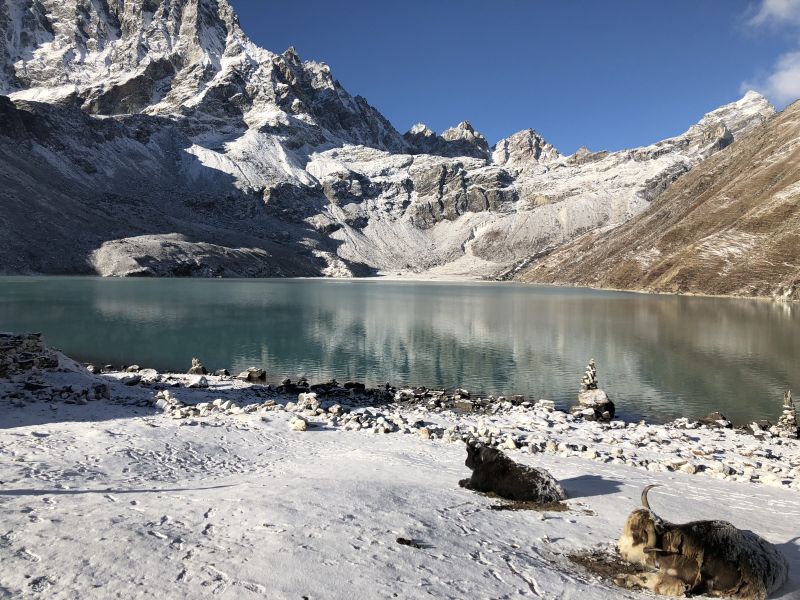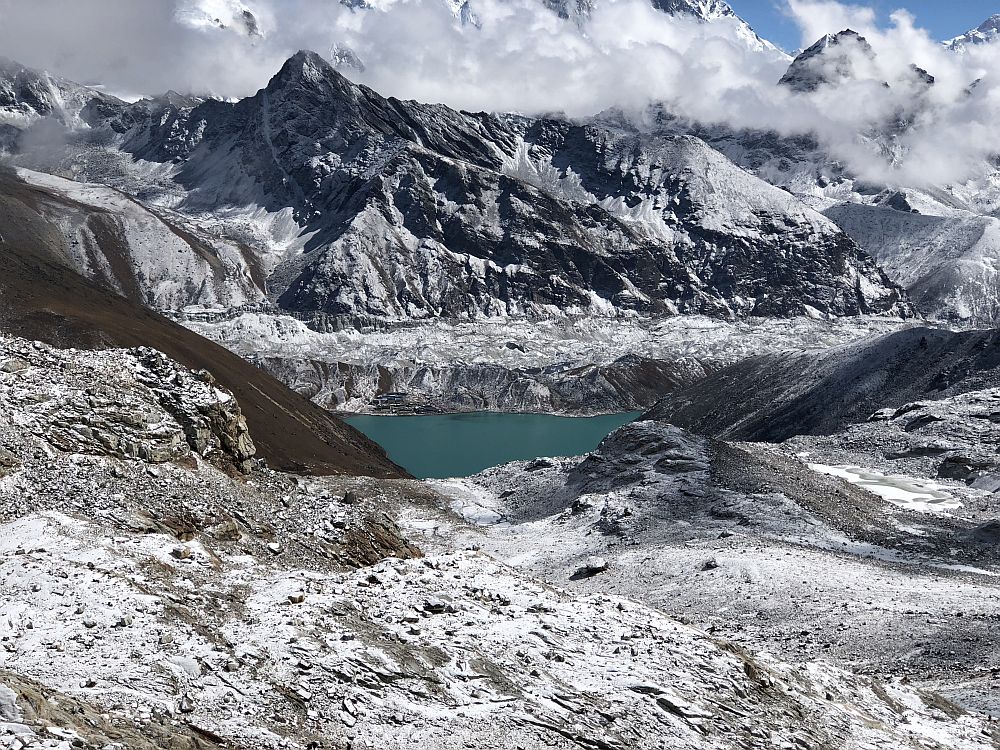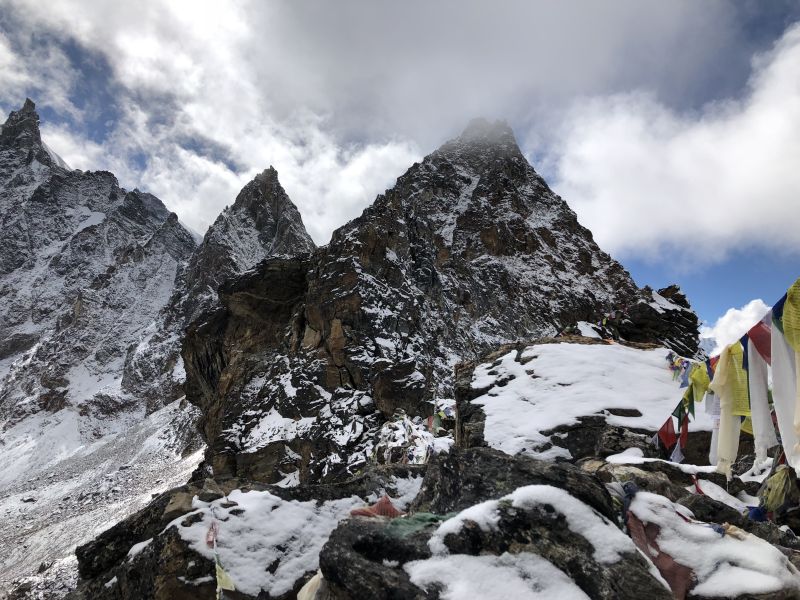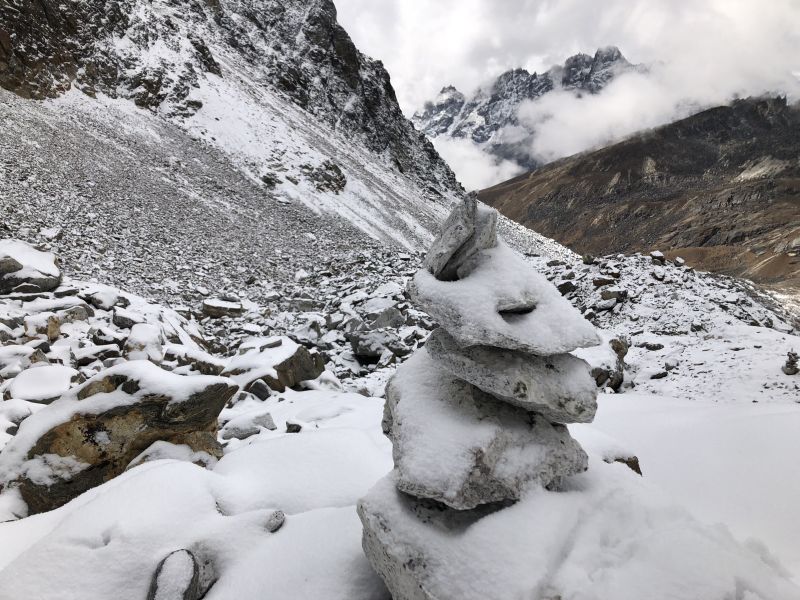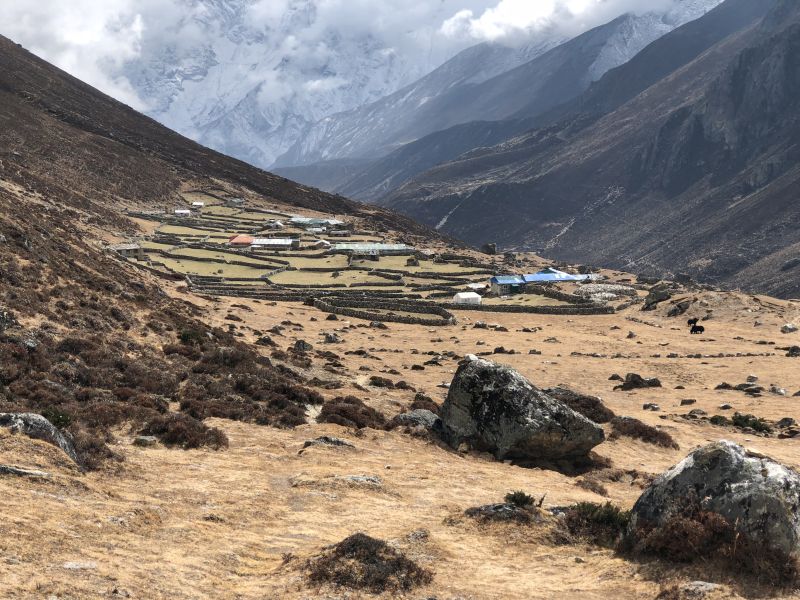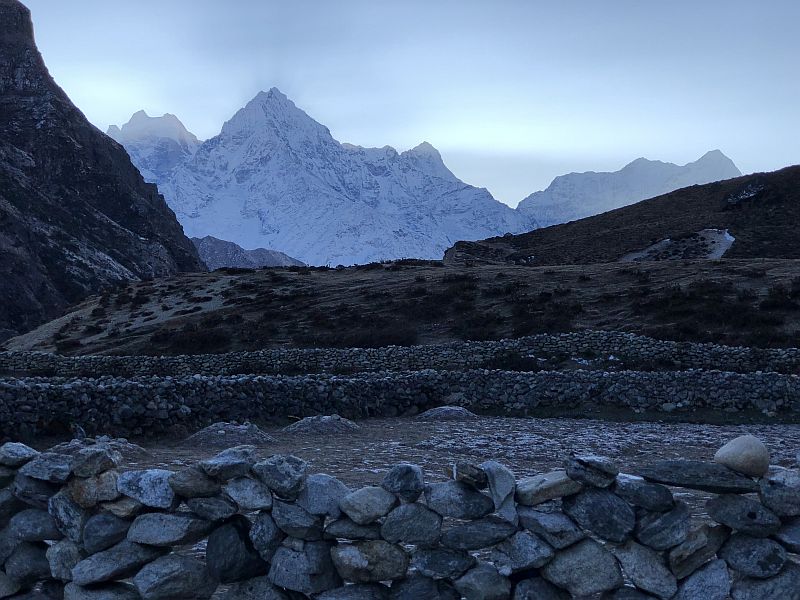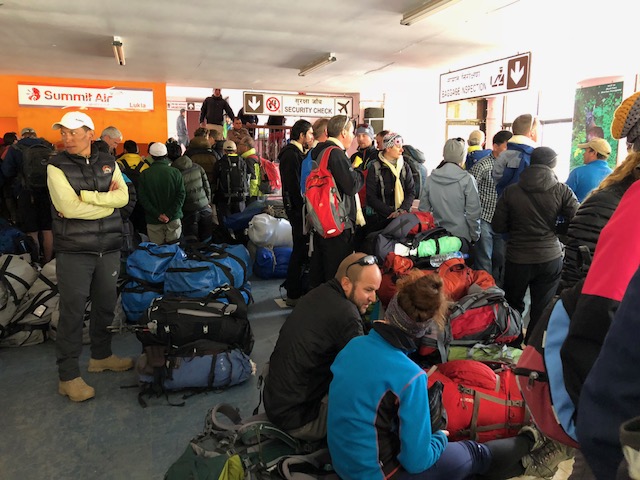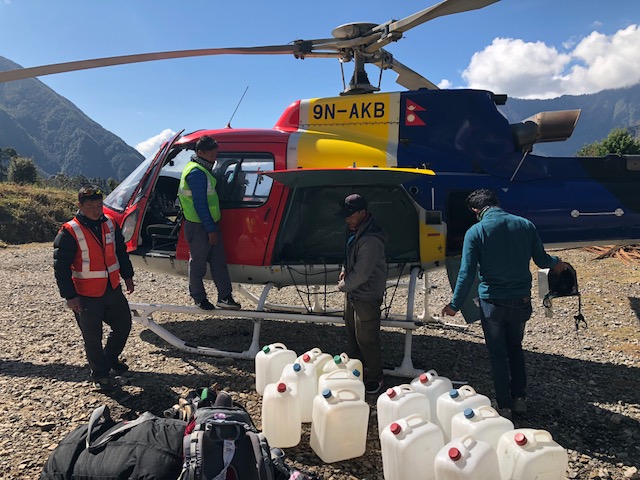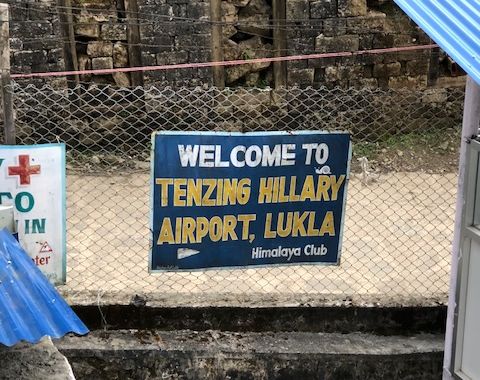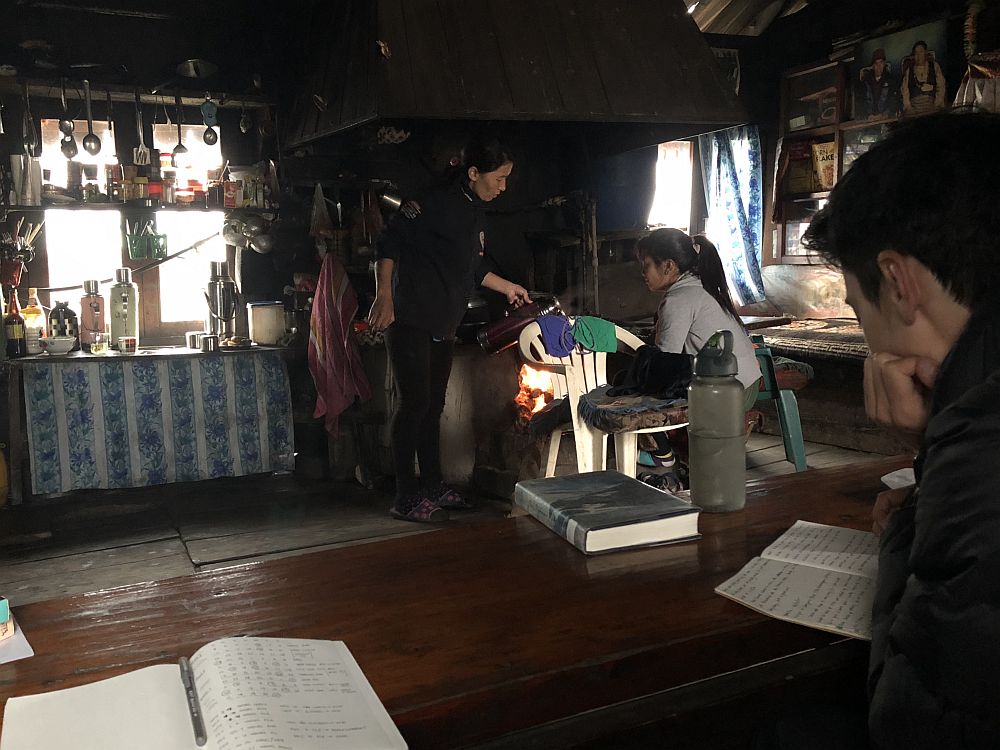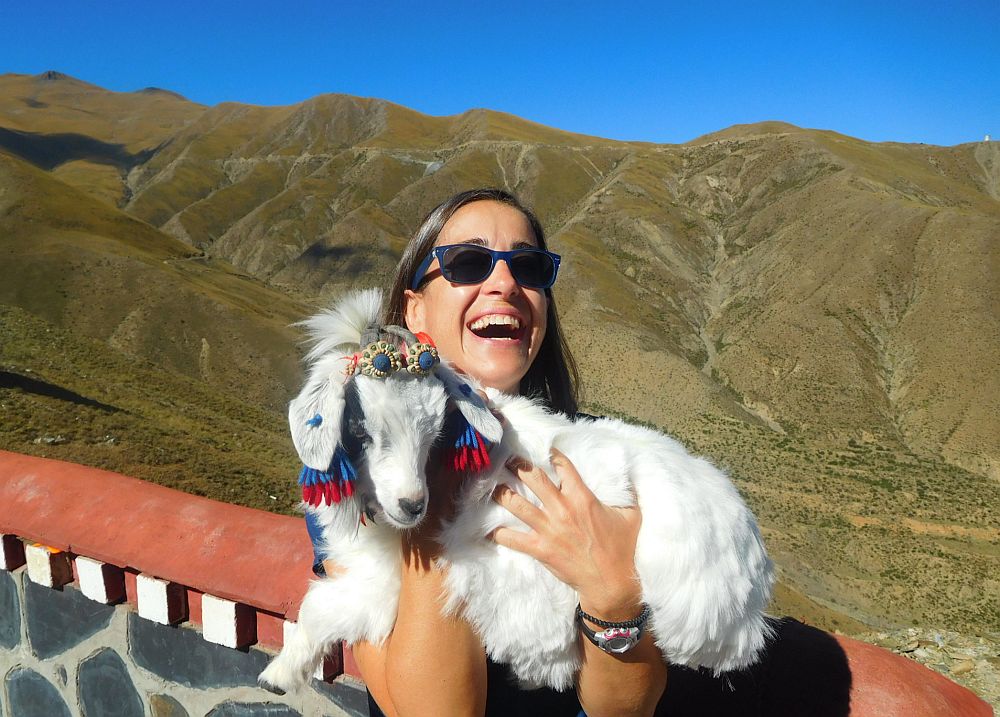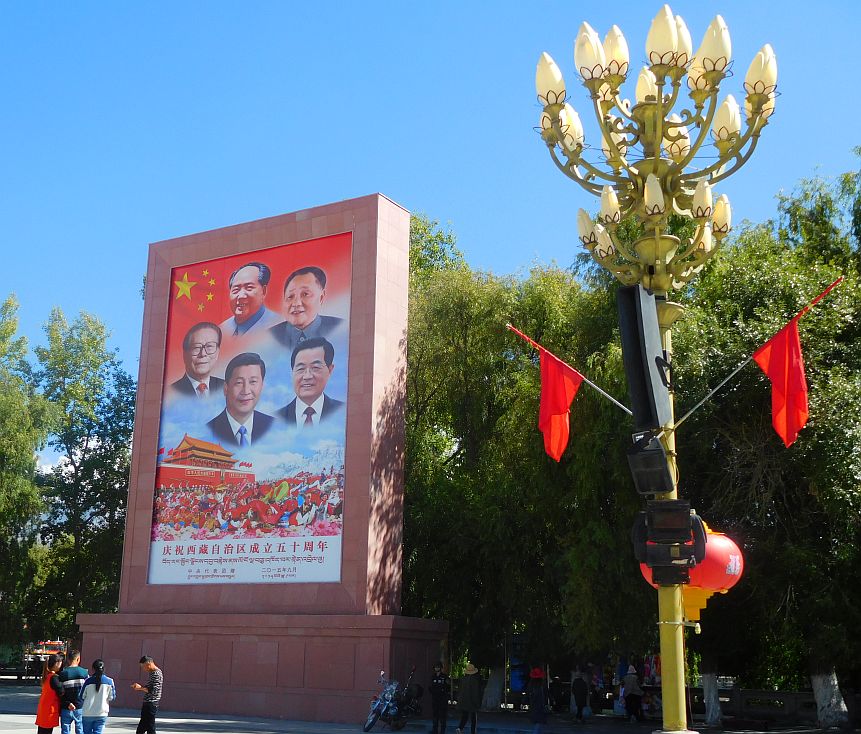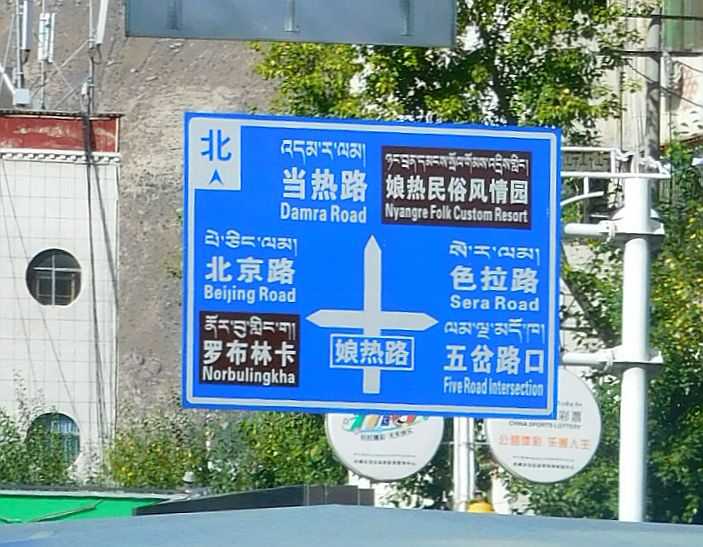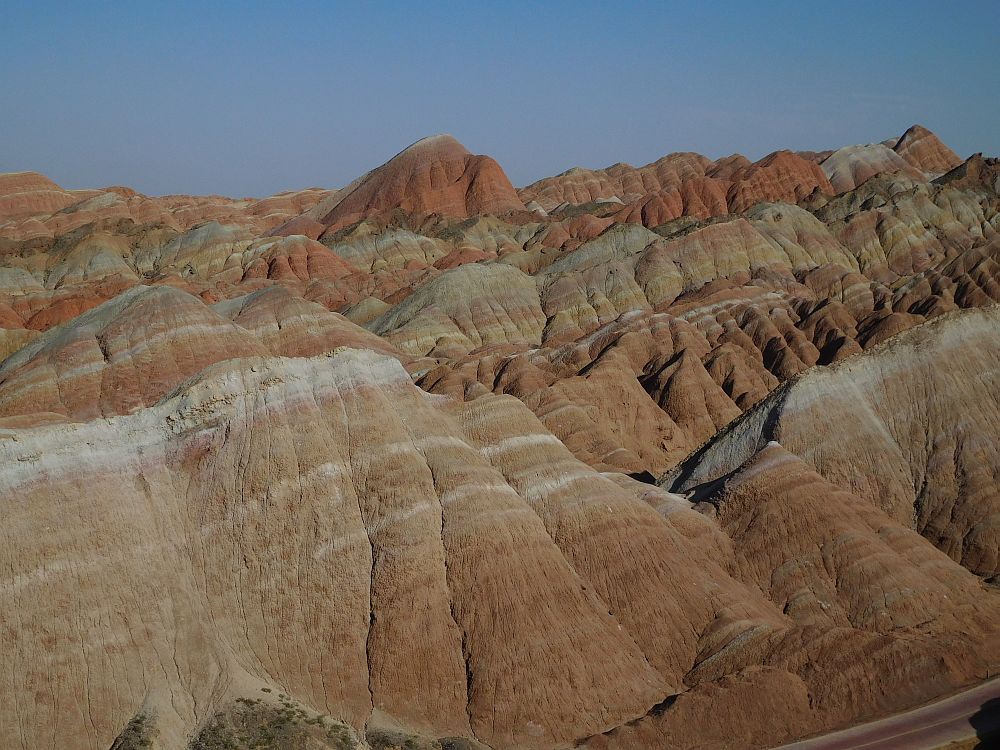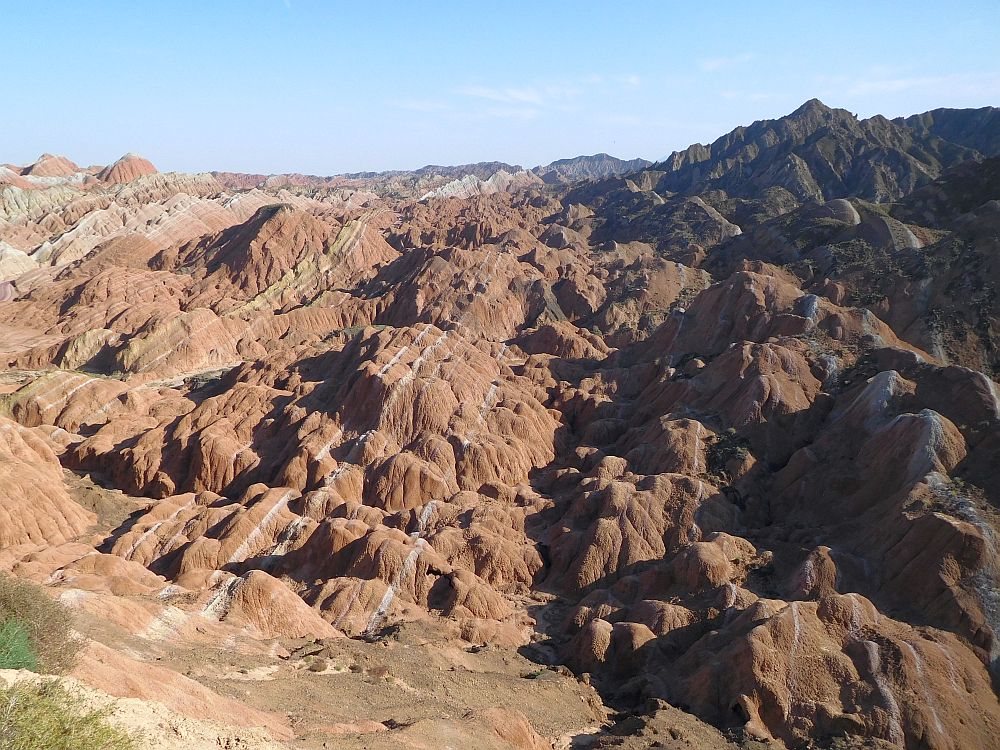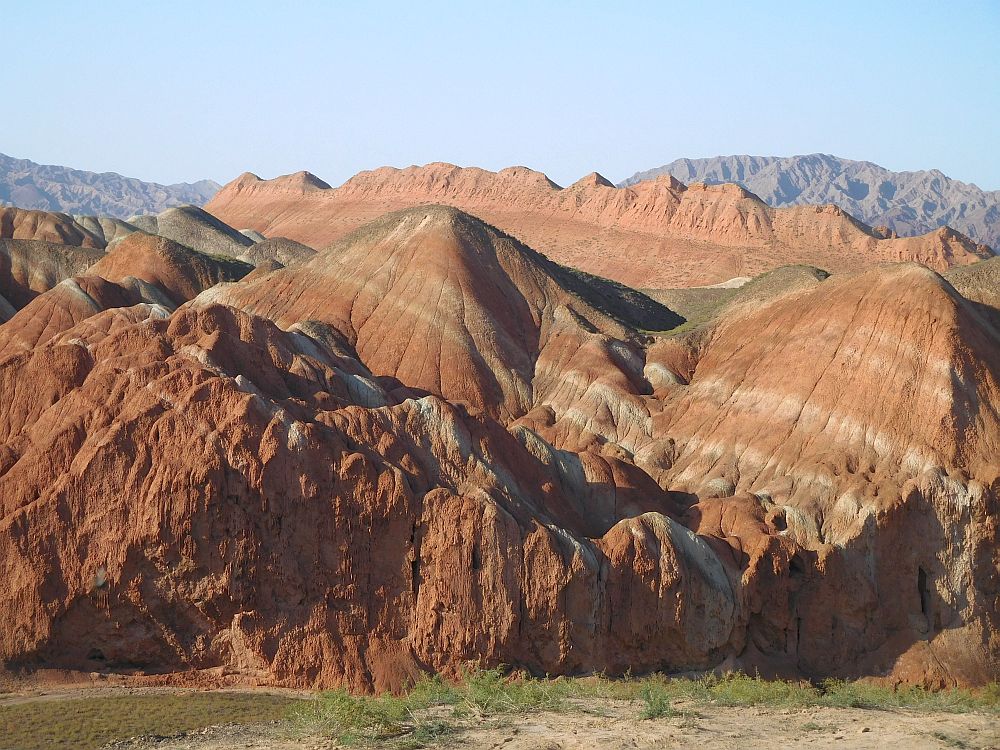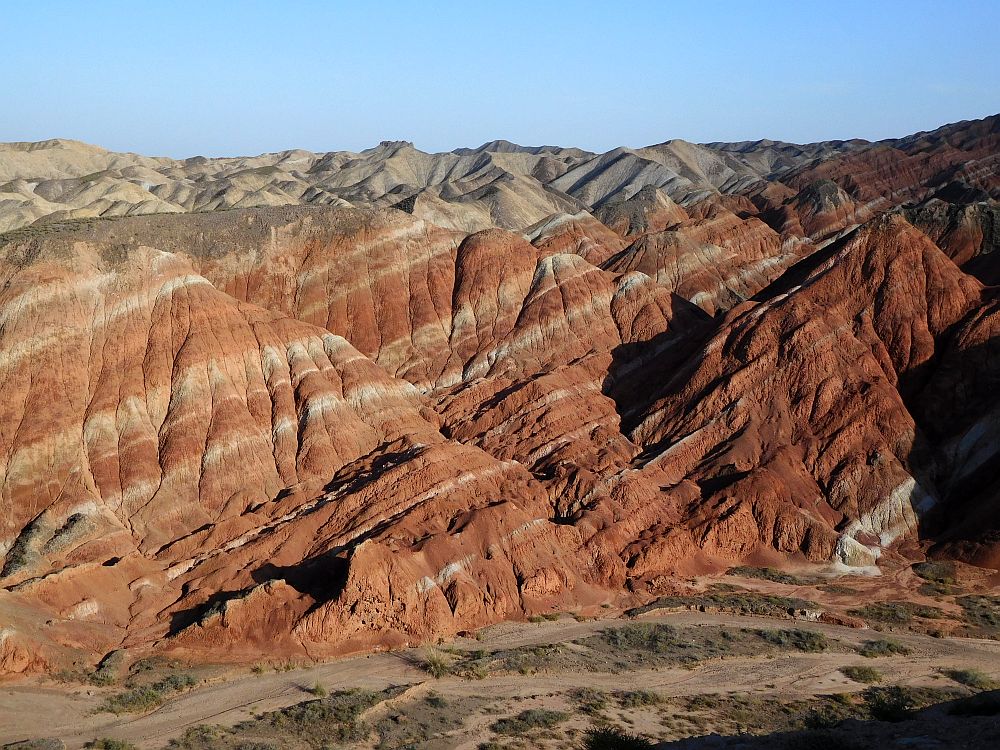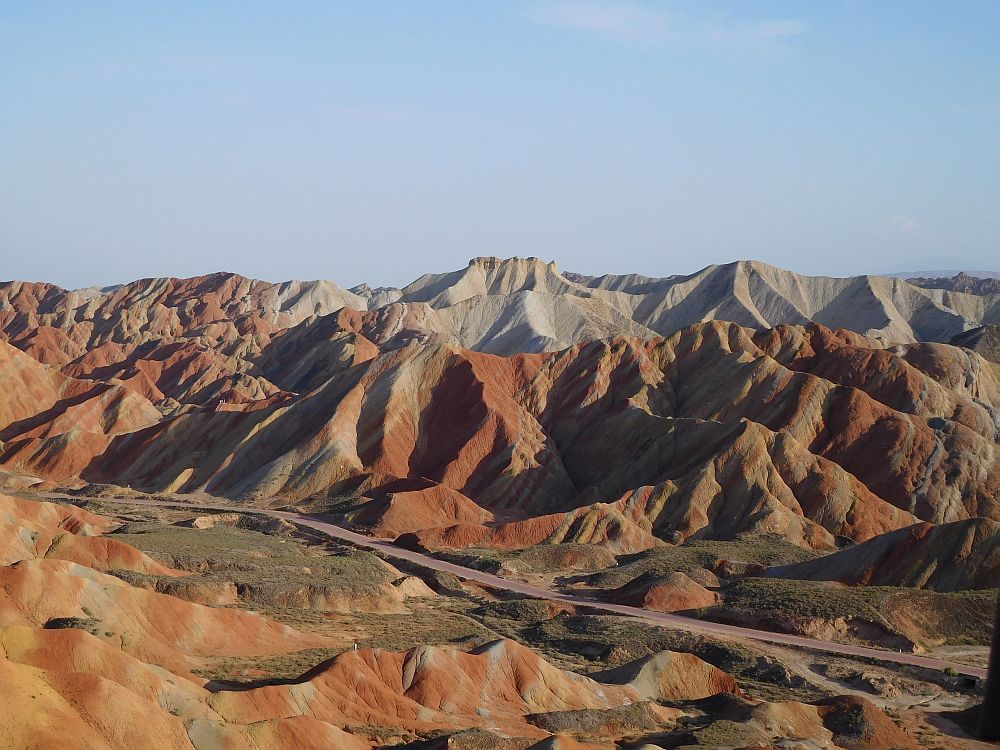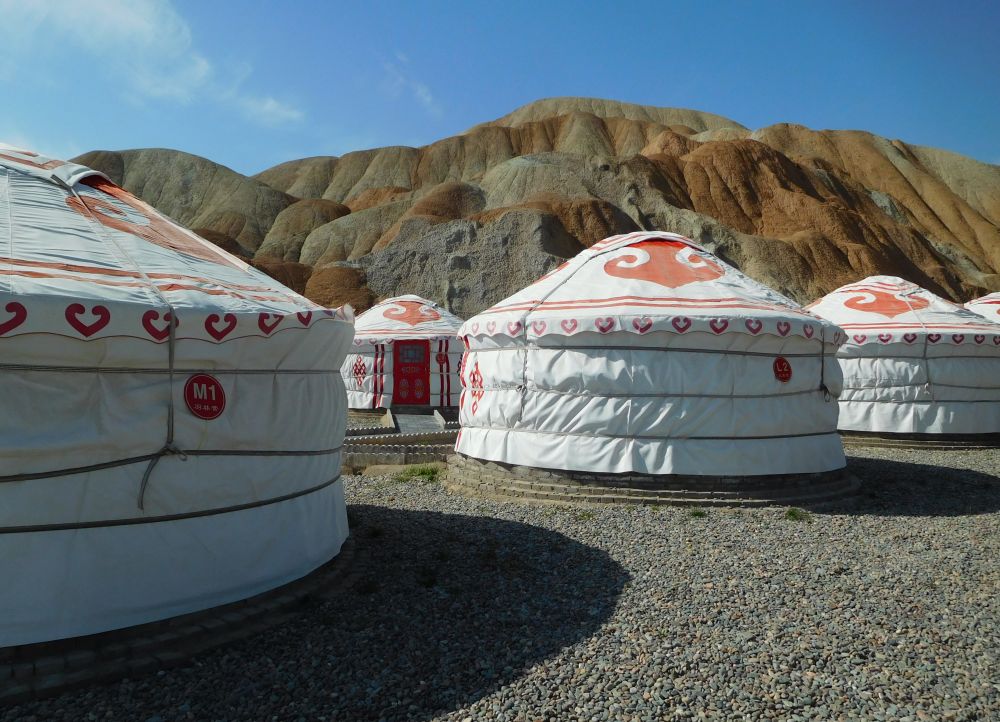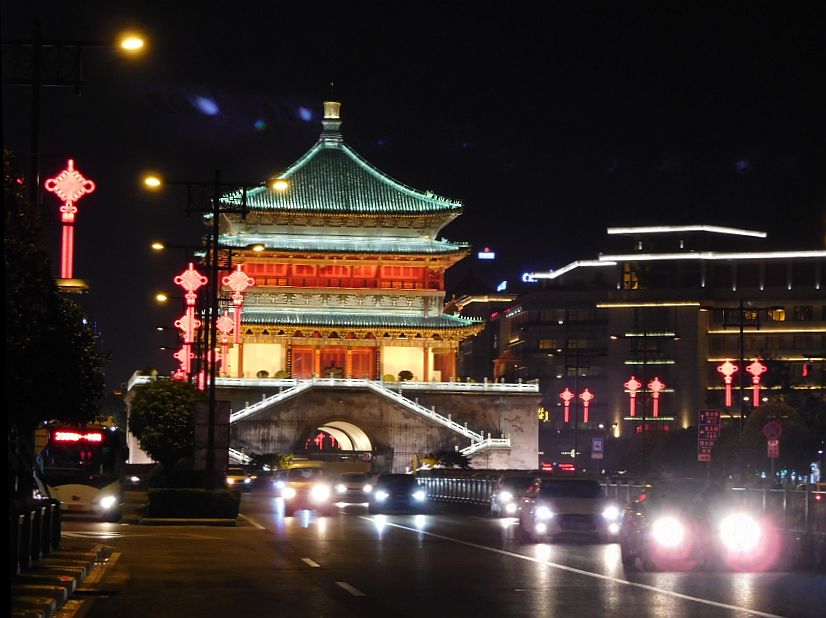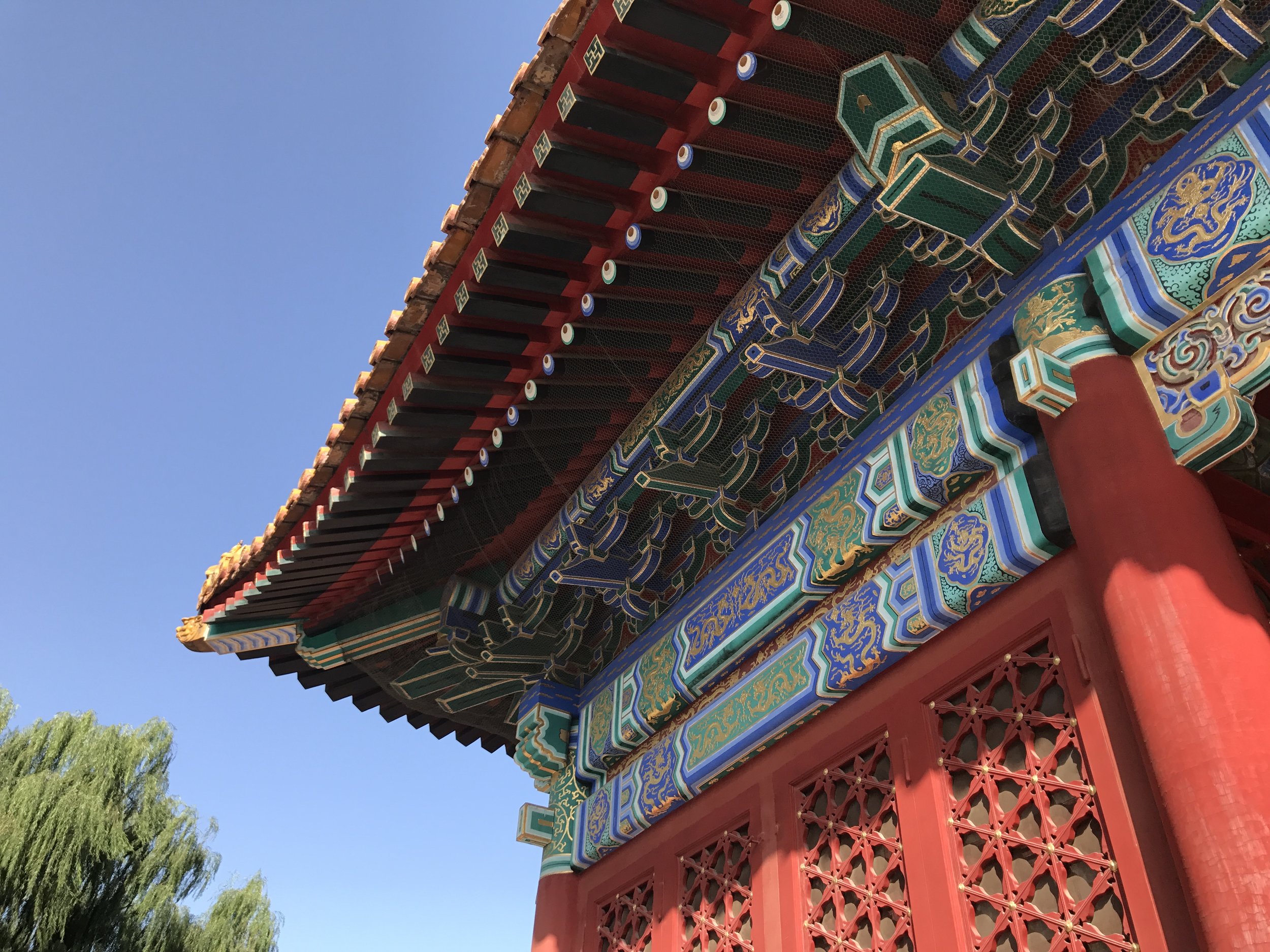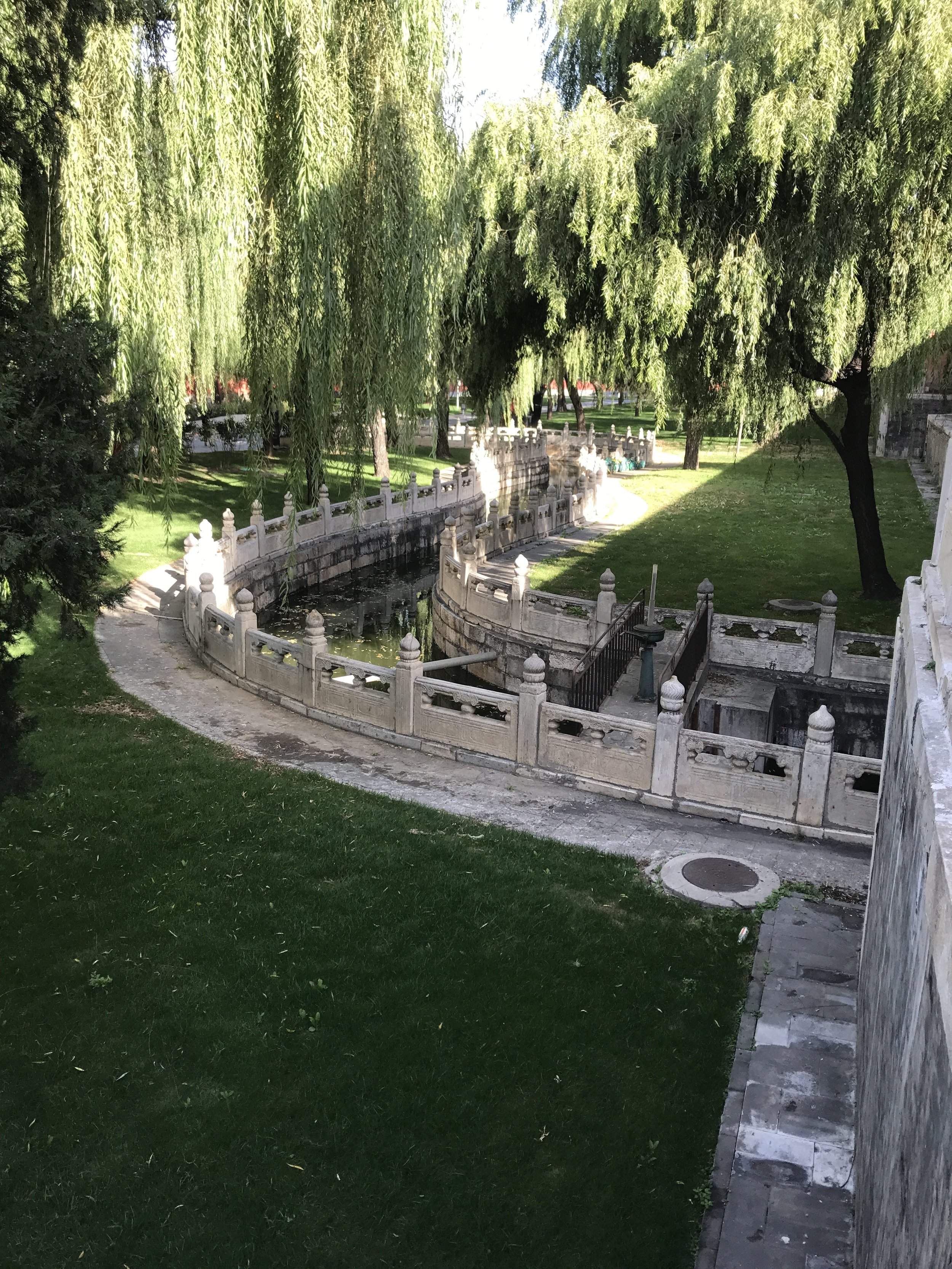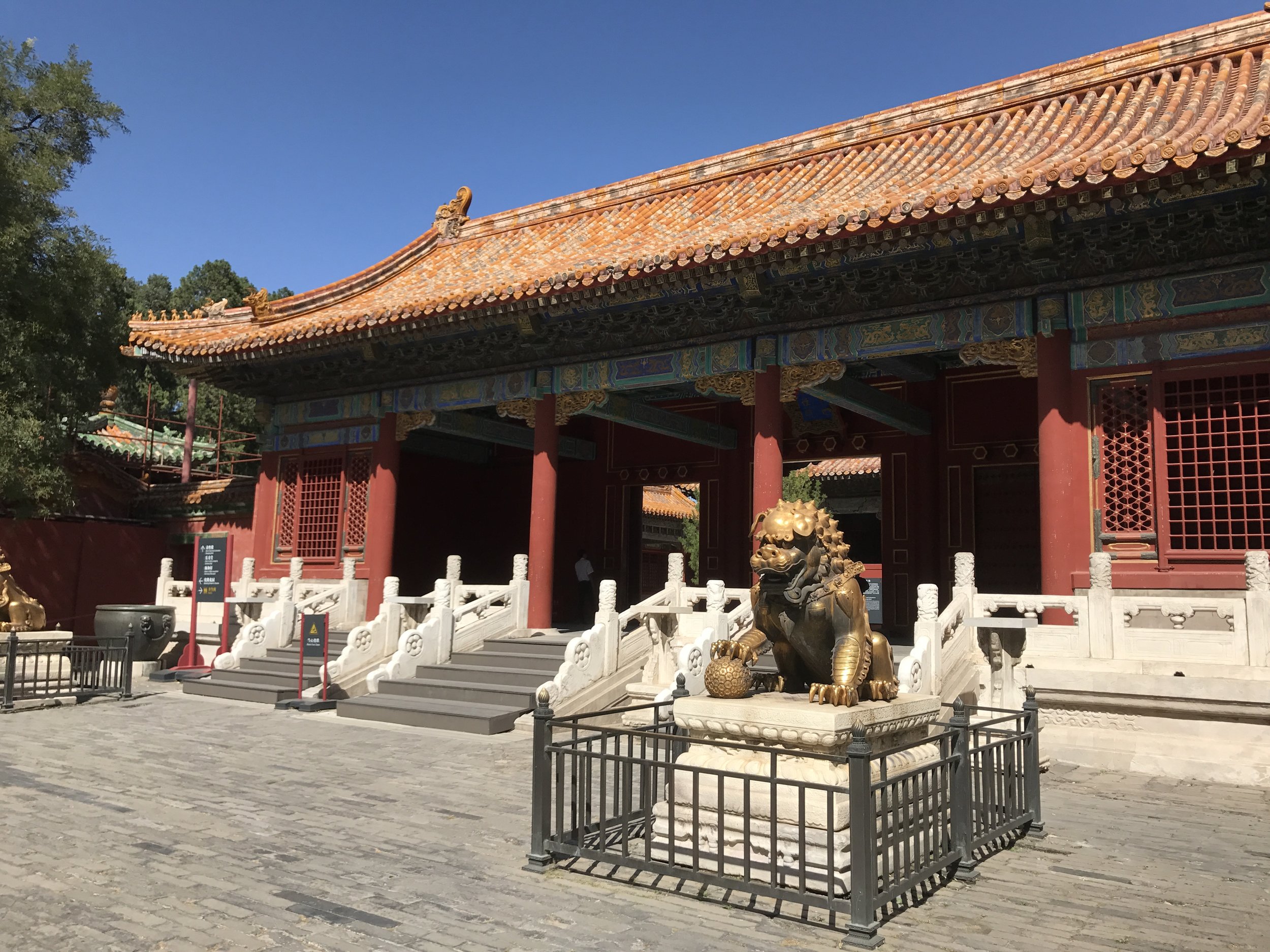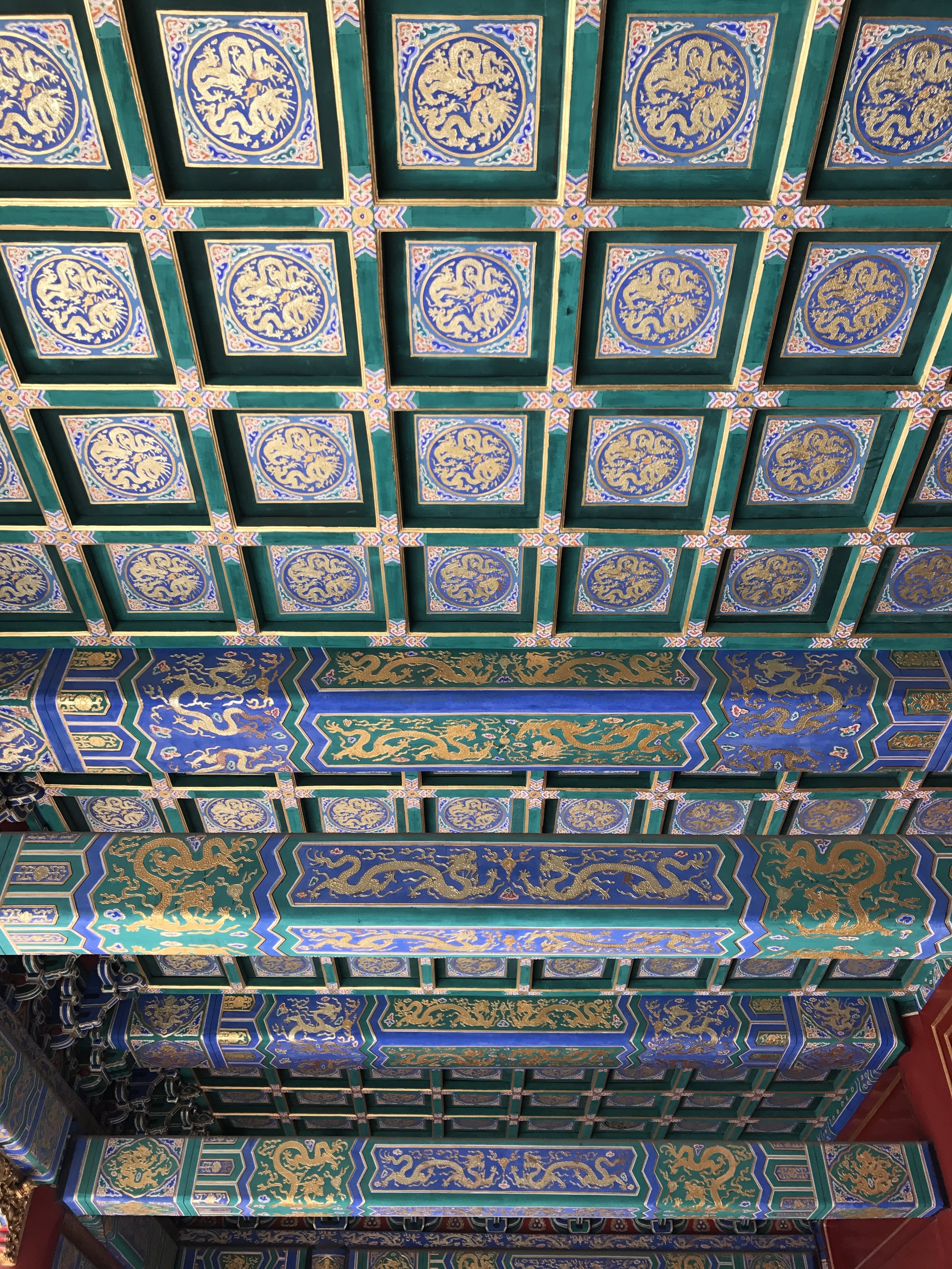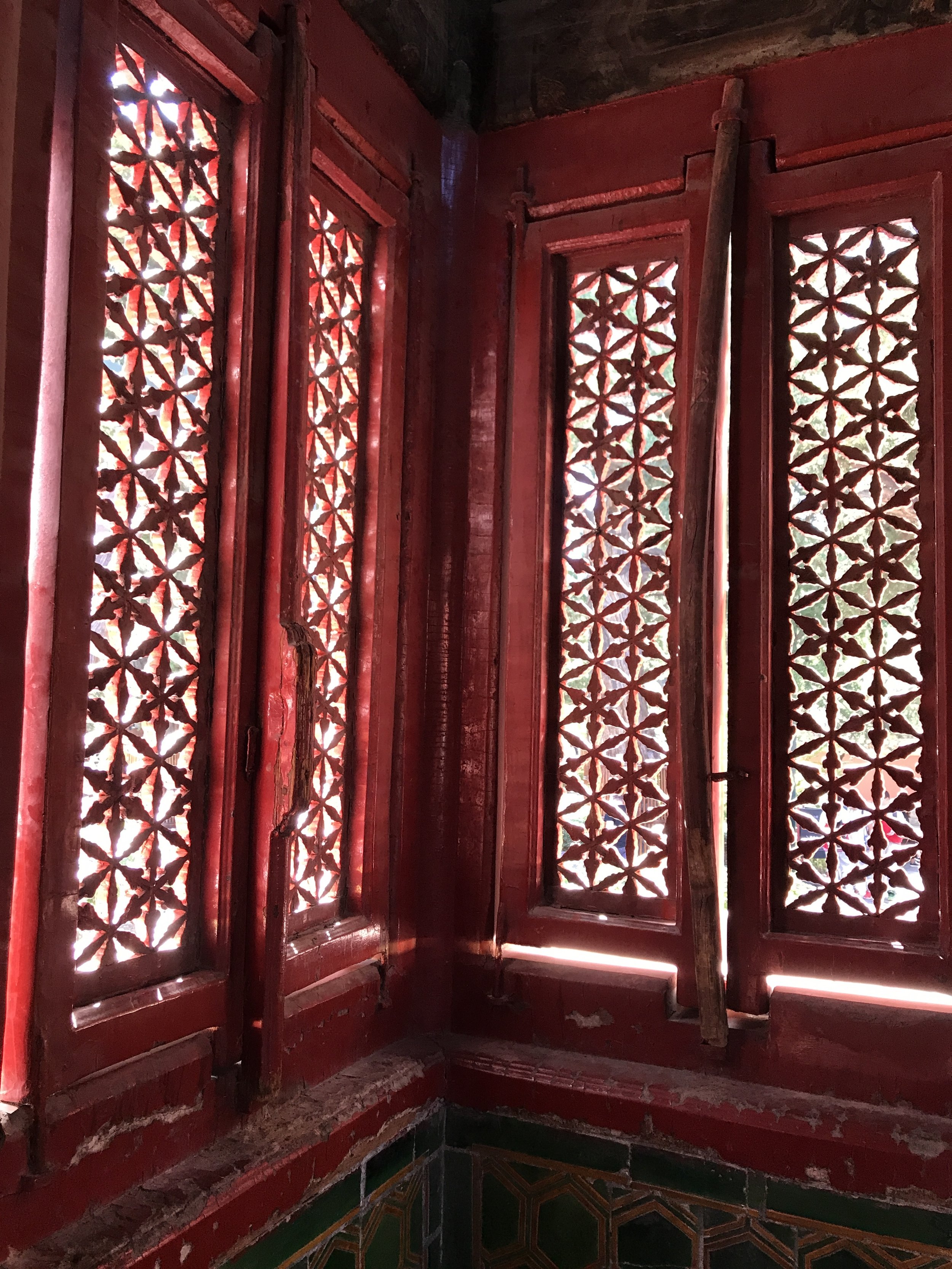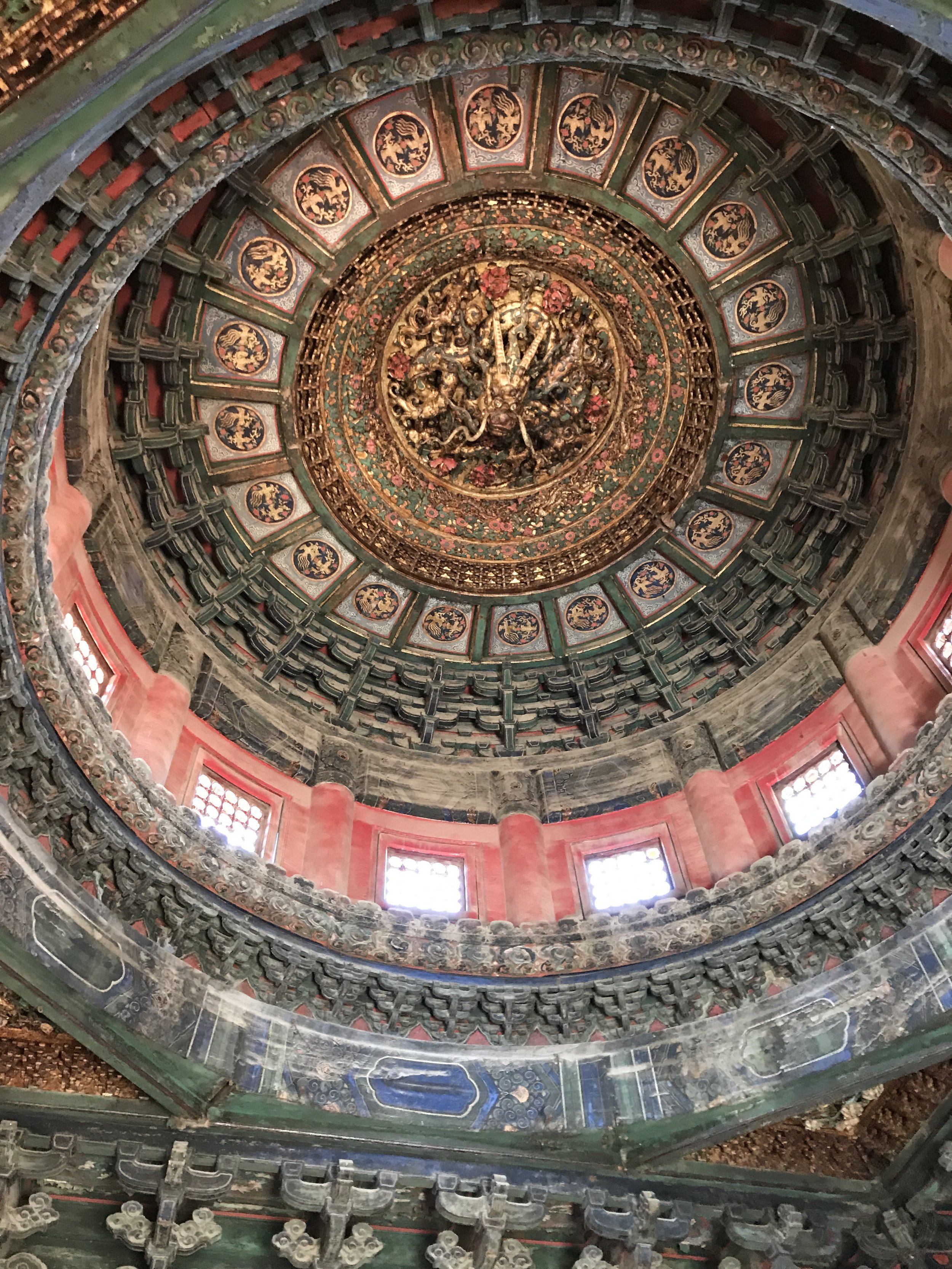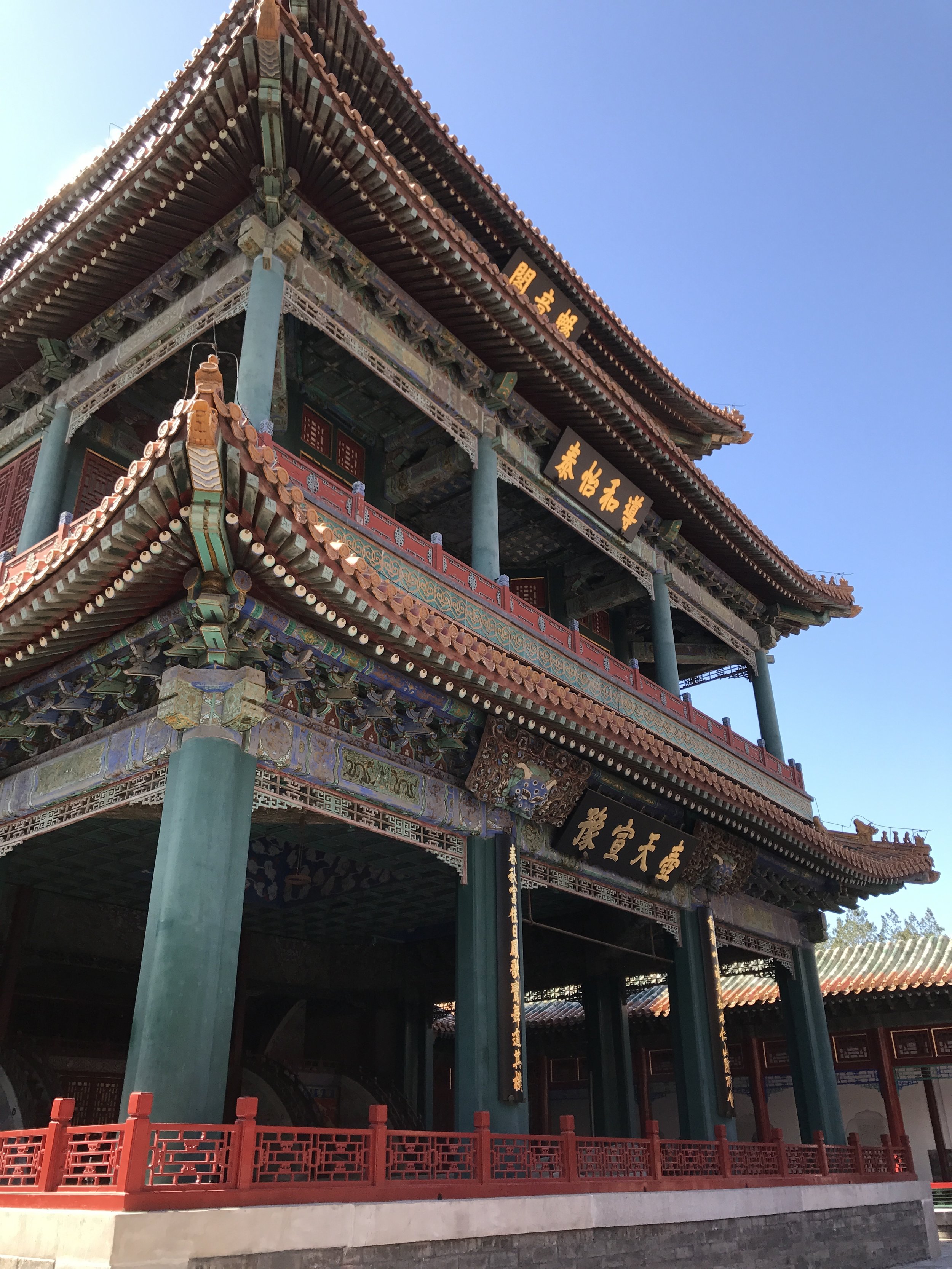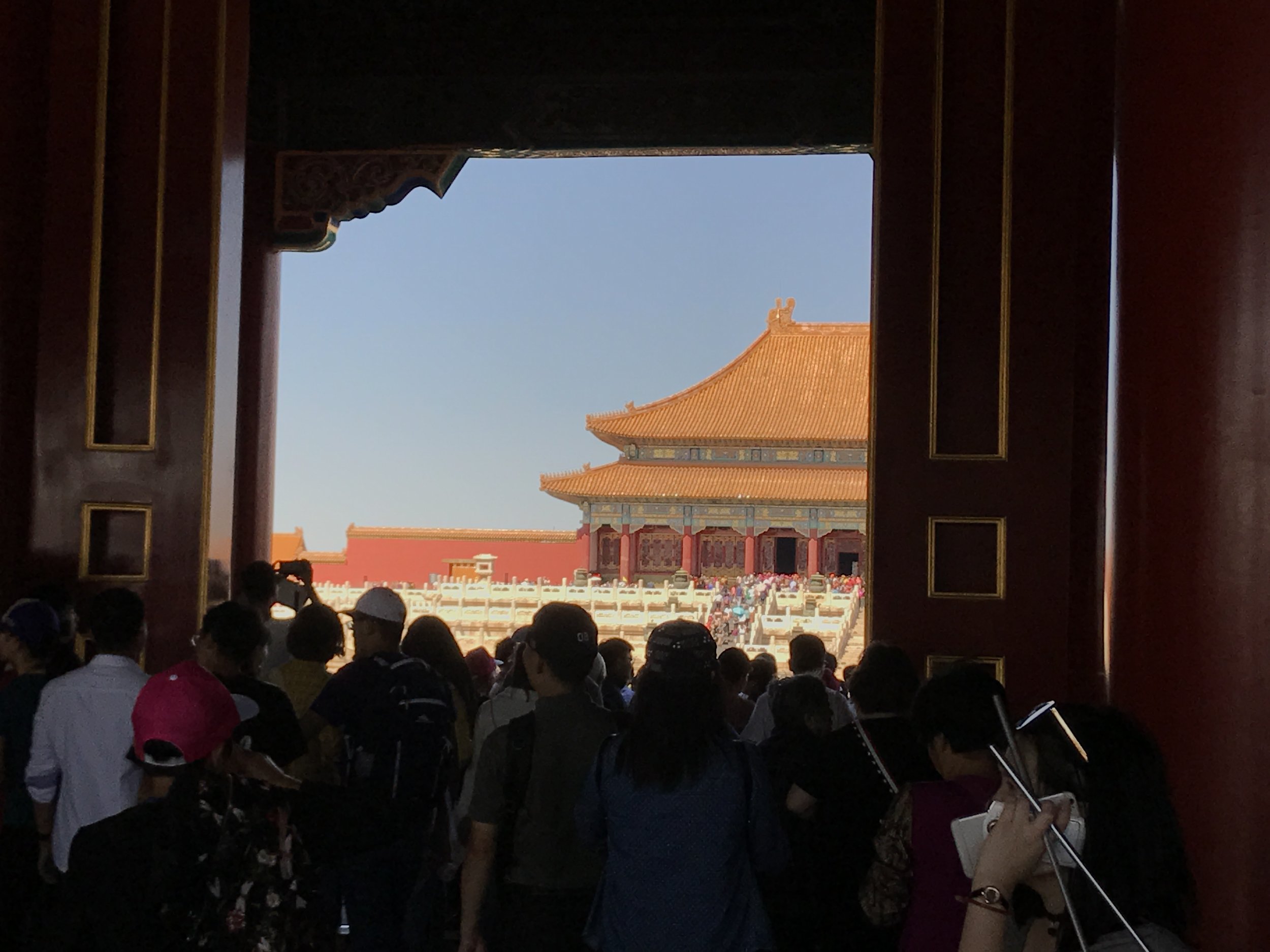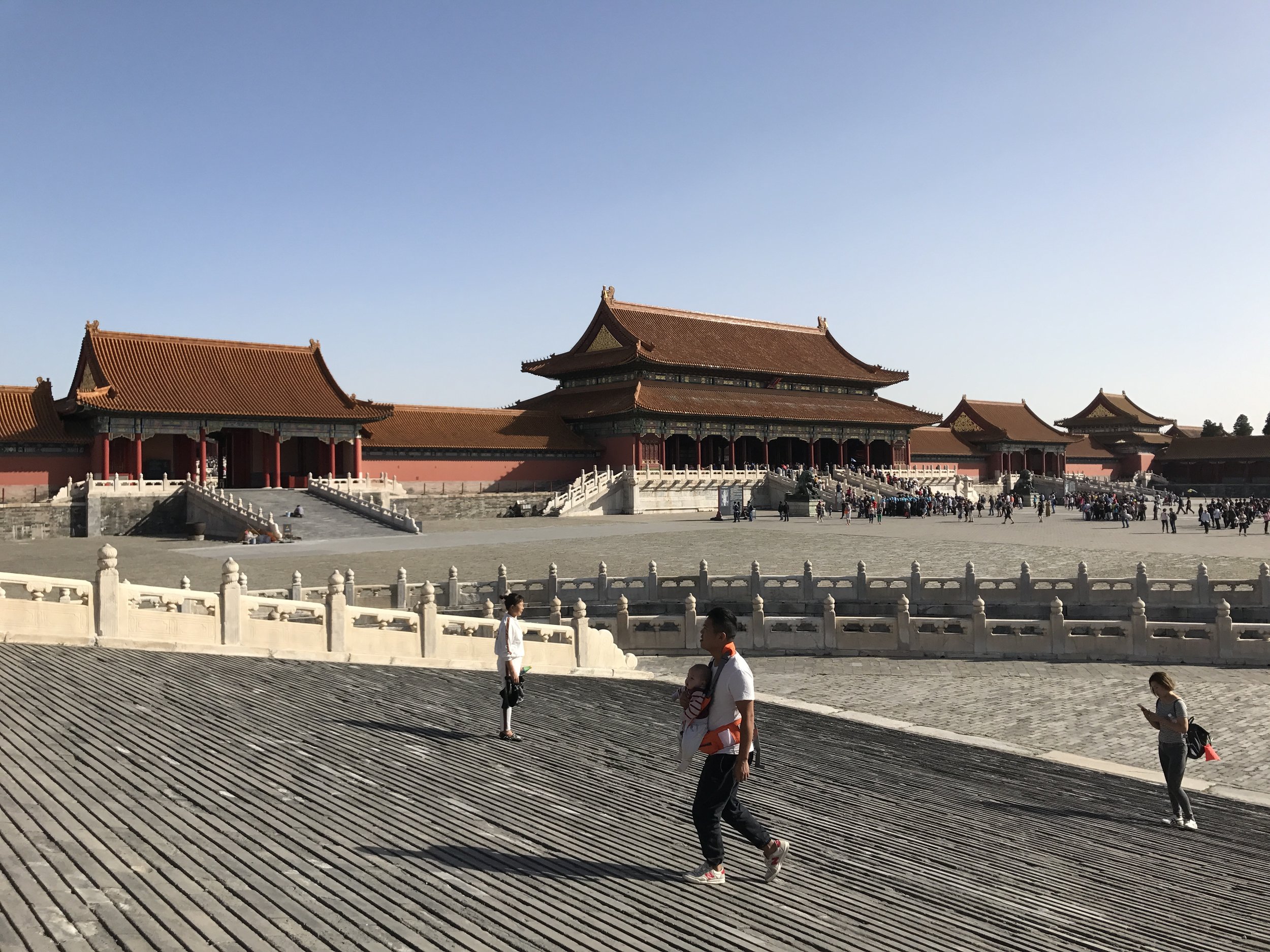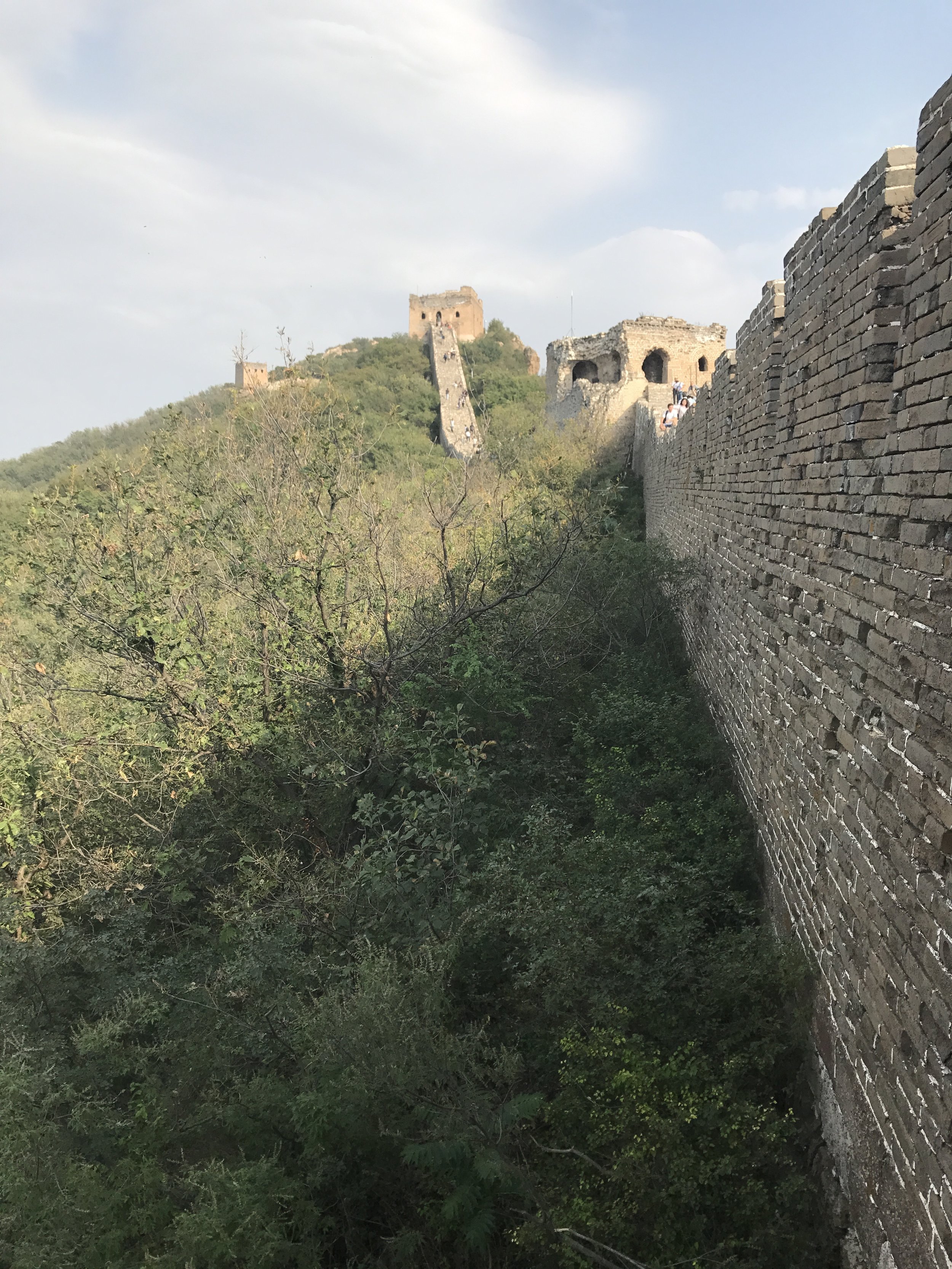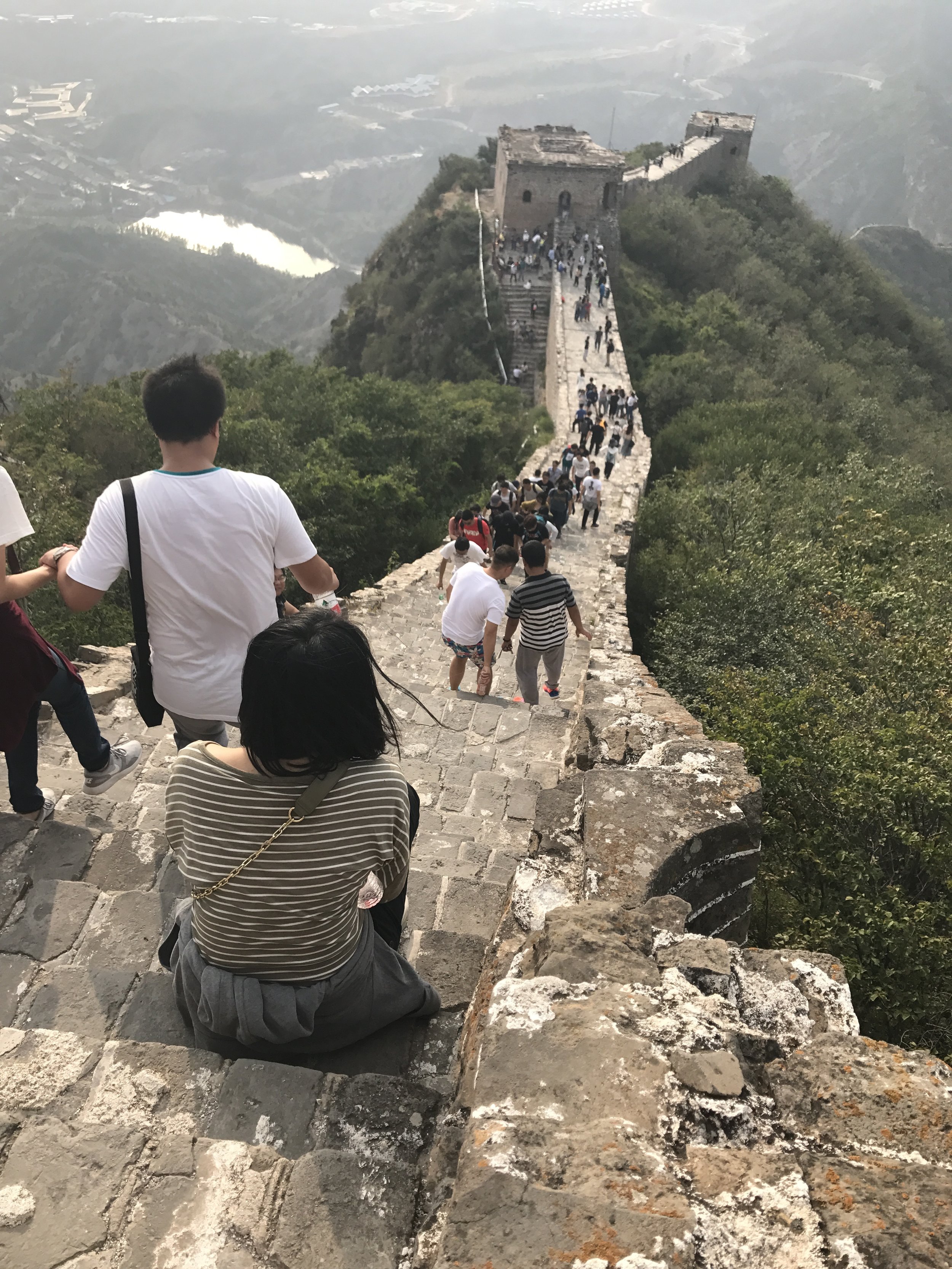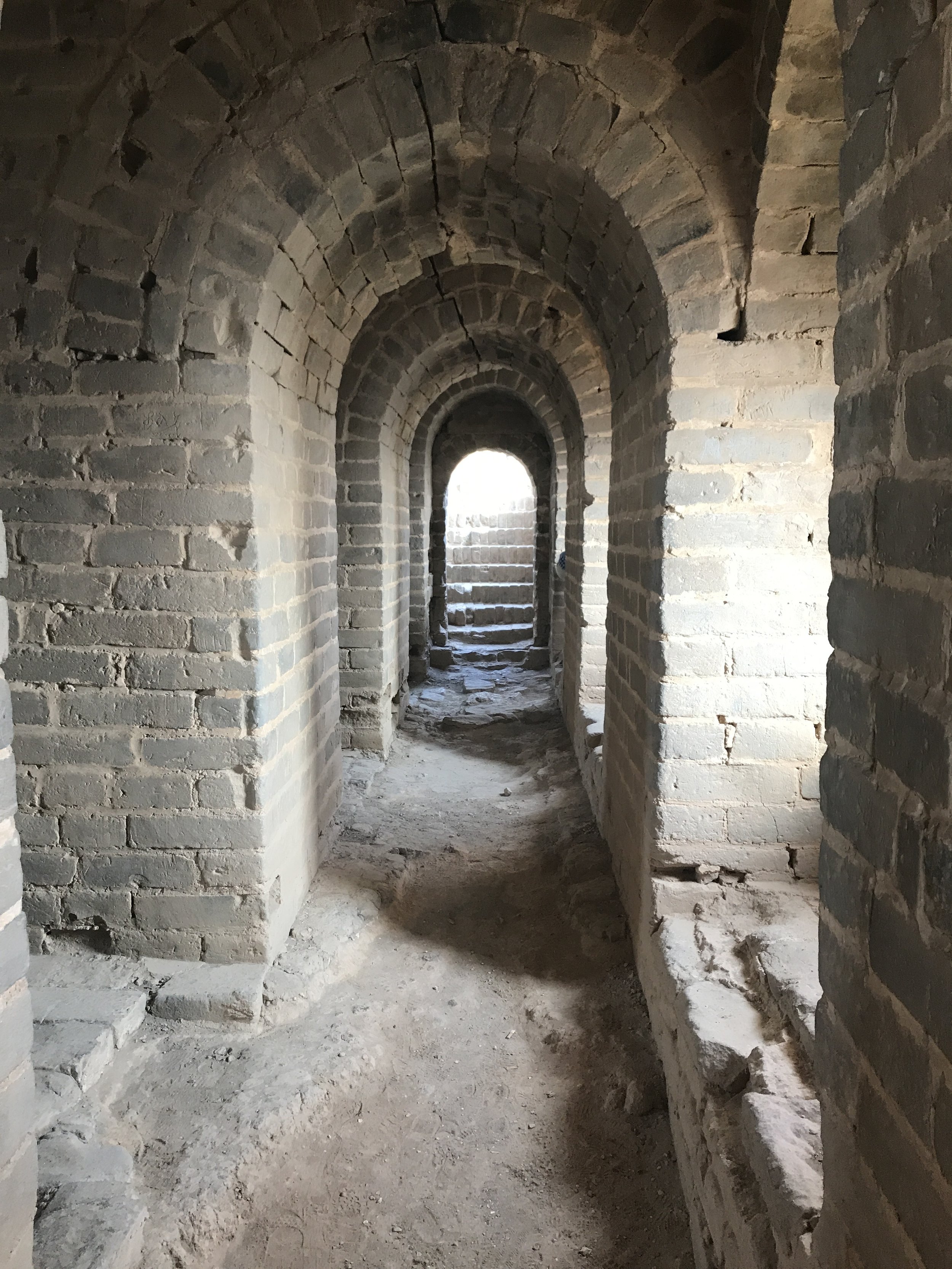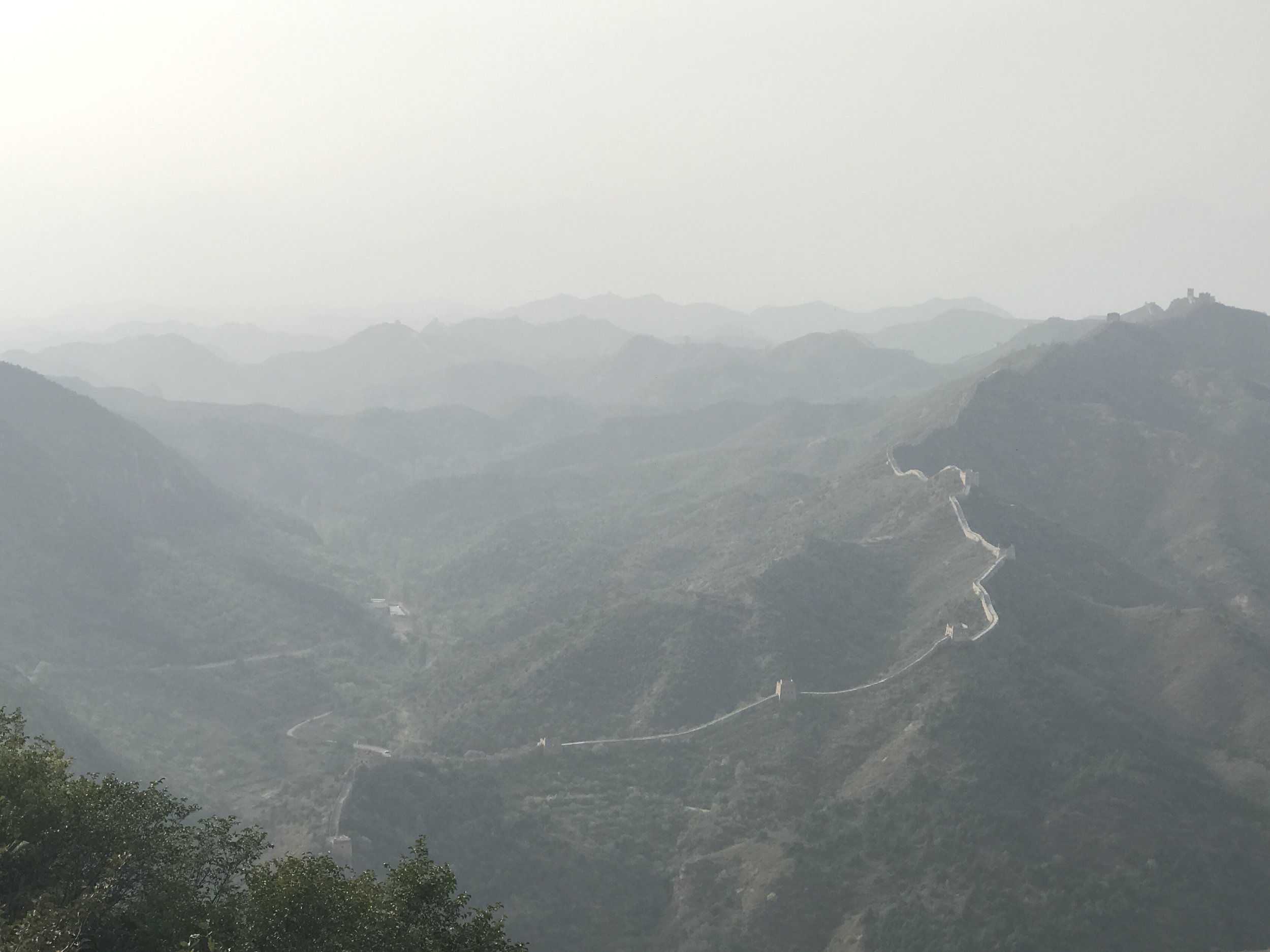Four Months On The Road, Still Learning
Sitting in the crummy departures lounge at Kathmandu airport’s international terminal, I felt genuinely sad to be leaving. My sister points out this is a good thing; wanting to stay or return is generally better than fleeing and not looking back.
Four months a few days ago I left Vermont, and two months in Nepal was long enough that I’m having culture shock here in Vietnam. Credit cards? Nice cars on fast roads? Skyscrapers and swimming pools? Christmas music playing in every store? What the hell kind of country is this?!
Vietnam has always been my planned final stop for this travel stint, owing to the fact that one of my oldest friends lives here now - and how could I come all the way across Asia without stopping here to see Katy?
So that’s one thing I learned the hard way: there’s no easy way to get from Kathmandu to Ho Chi Minh City.
But the effort was worth it! Katy has been in HCMC since March, teaching English and learning the ropes of expat life in Vietnam. She exemplifies the spirit of deciding to try something unusual and just diving in and sorting out the details as you go. I love and respect this deeply. And I remain in awe of the long days she spends commuting among a half-dozen teaching jobs while also studying for her license. I bow down!
Thanks to Katy, I also learned how to hail a motorbike taxi (super awesome app for that), and thanks to Kathmandu I learned to walk directly across the street while threading through a fleet of said motorbikes.
I learned in HCMC that acupuncture feels really weird. I’m glad I tried it, but my skepticism remains intact.
I learned from painful photography in the War Remnants Museum how devastating the “American War” was in Vietnam, and continues to be due to the lasting damage of chemical weapons and landmines. My loose conception of the Vietnam War being a series of terrible decisions that ground up unwilling soldiers is now shifted dramatically to include the surreal and terrifying civilian experience here.
In the coastal town of Hoi An, I learned that sometimes it’s pretty great to give in to the lure of a tourist town. Lanterns! Waterfront restaurants! Historic tours that end in souvenir shops! it was extremely charming, all of it.
And lastly, in Vietnam I have relearned the wisdom of John Steinbeck’s observation that a trip has a life of its own. A trip starts well before you depart, and sometimes it’s over before you get home. Christmas music is indeed everywhere here (this still surprises me!) and I’m counting down the days and hours till I fly home to San Diego, with gratitude for the time I’ve had abroad — and already with ideas of where to go next.








